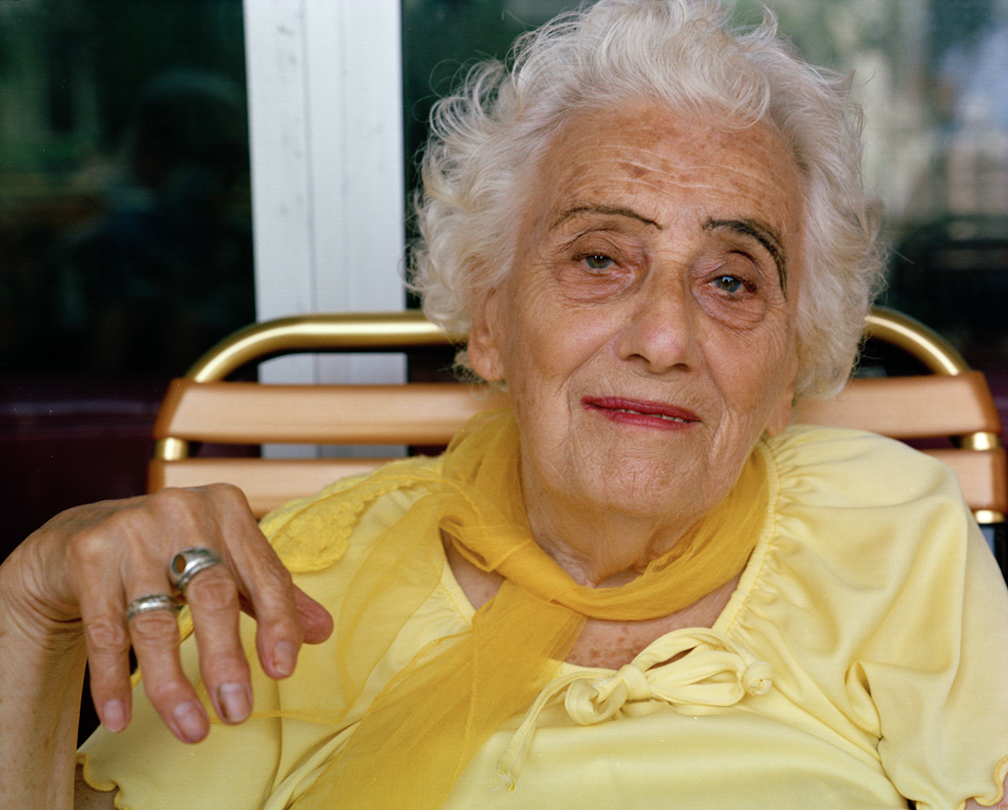South Beach, Miami, 1982-85
The first time I saw Miami’s South Beach in 1982 I was awed by the beauty of the small Deco hotels, but even more by the sight of the old people sitting on the porches. The first night, I stopped at one of those porches after dinner, and it was love at first sight. I knew right away that I would return again and again to talk with and photograph them. These were the bubbes and zaydes (grandmothers and grandfathers) I wished I’d had.
I loved best their simple lives and their Yiddish accents. Living on their social security checks in one-room apartments in the small hotels, they walked to do their shopping, and came back to sit on the porch with friends. In the afternoon many took a light chair to the beach where they sat in circles singing old Yiddish songs, or they played cards or dominoes, or they visited. I began doing video as well as photographs because I loved the sound of their accented words as much as I loved what they looked like.
There were Holocaust survivors and American born, but they all had the Yiddish accent and decried how their children’s Yiddish had been lost. While photographing on one porch, some women warned me not to talk to another woman, “She’s senile, you know.” But when I did talk with her, I found her to be lucid and sensitive, from which I deduced that senility had been given to her as protection against the other women. And on another porch one woman was smoking in such an unusual way that I asked her to let me photograph her smoking. “Why not?” she replied. They loved Miami. “If I weren’t here, I’d be in New York in the cold, in God’s waiting room. Here I’m free, I do whatever I want.”
I was drawn to return again and again over the next four years, until the gentrification began making the South Beach the hip place for young people that it soon became.
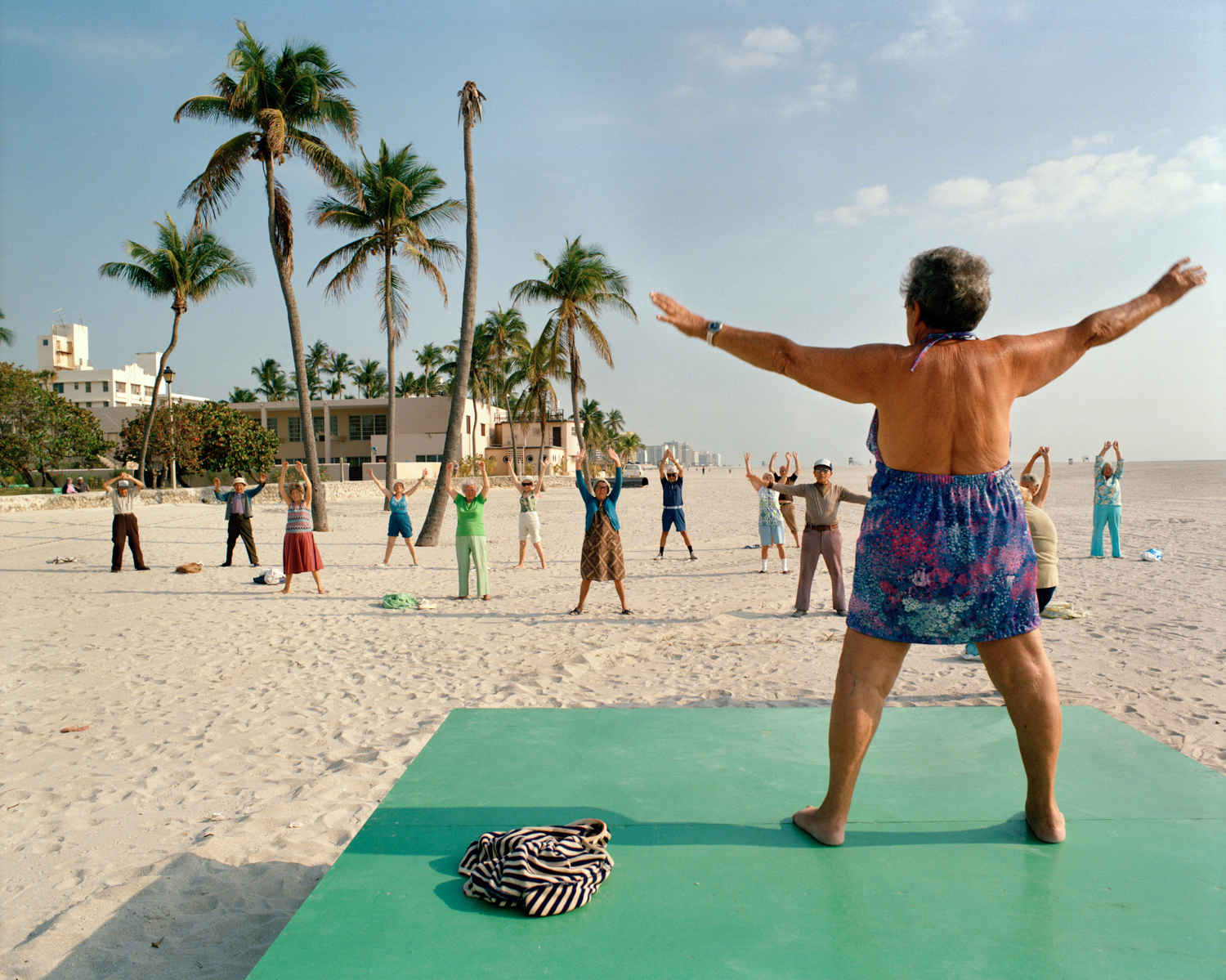
Untitled (Exercise Class on Beach) Miami, South Beach, 1982-85

Untitled (Good Friends) Miami, South Beach, 1982-85
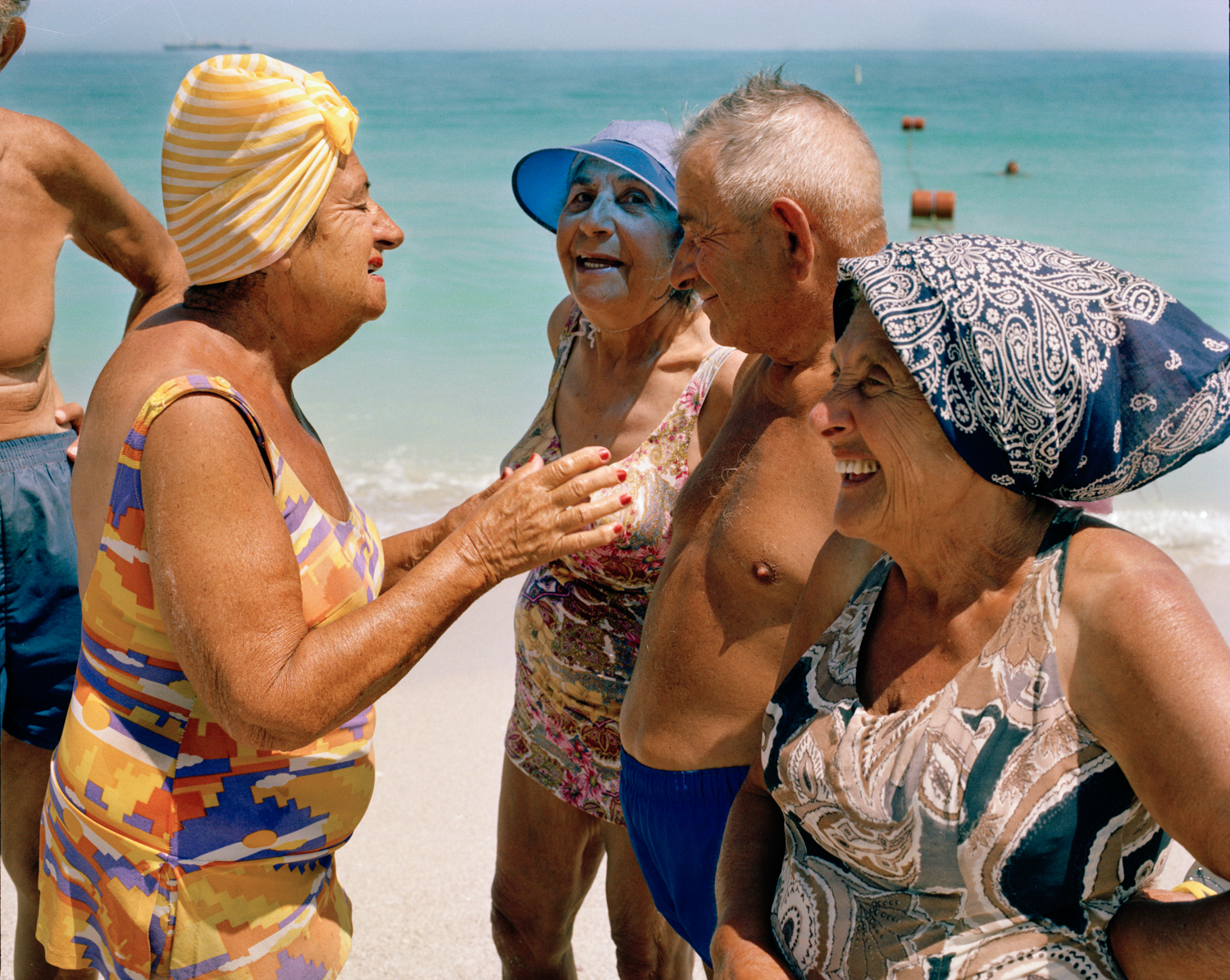
Untitled (Four on Beach) Miami, South Beach, 1982-85
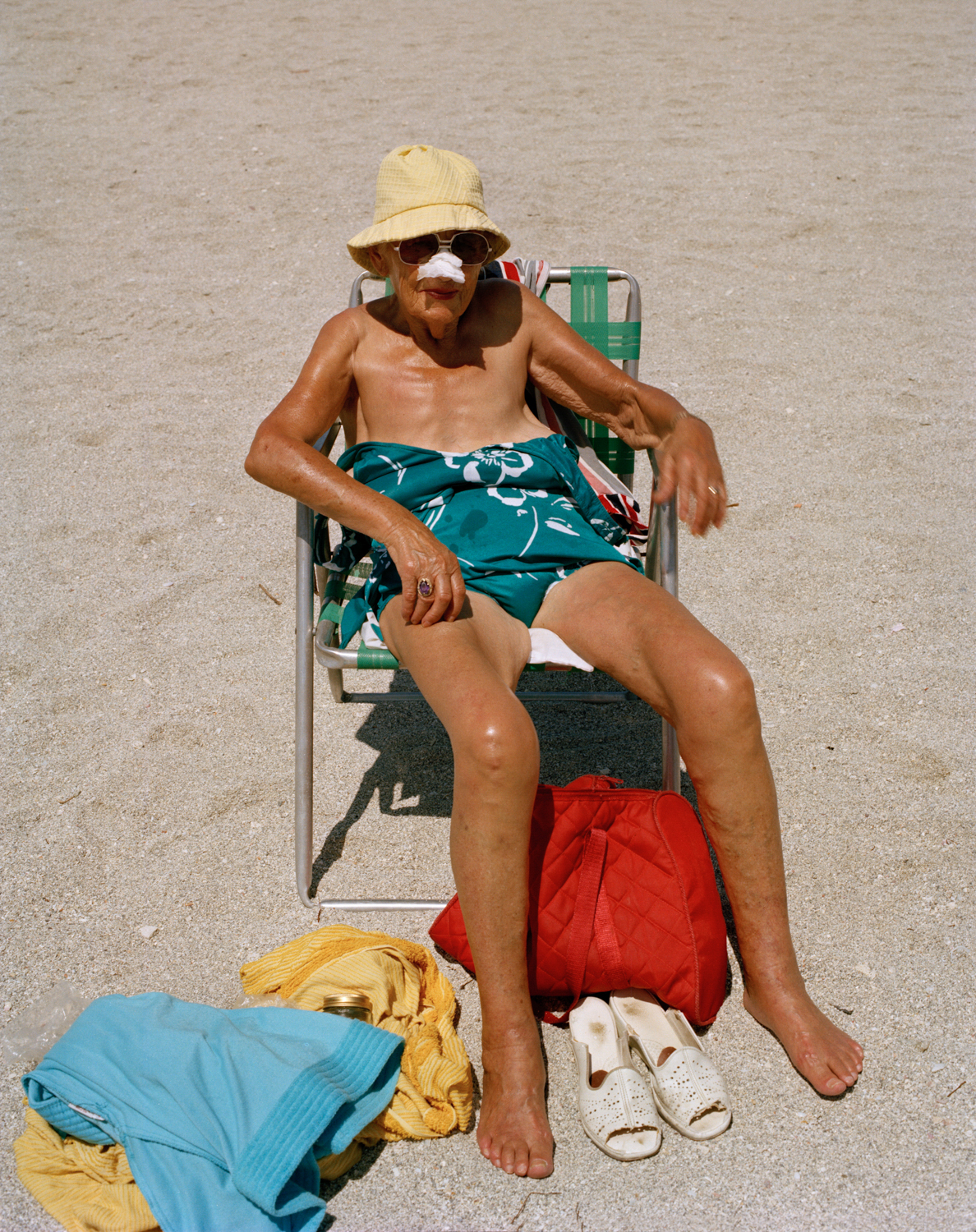
Untitled (Woman Sunbathing) Miami, South Beach, 1982-85
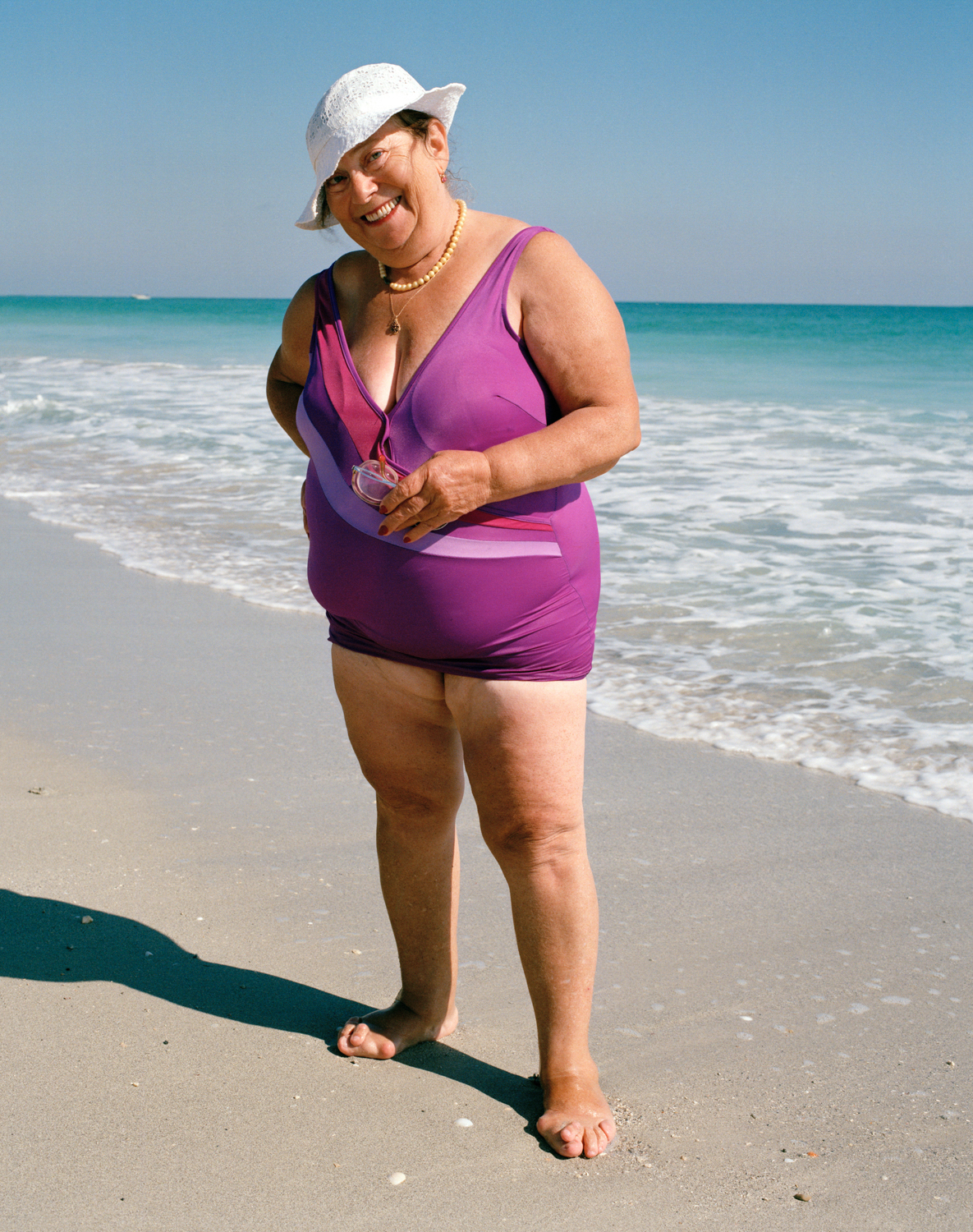
Untitled (Woman in Purple Bathing Suit) Miami, South Beach, 1982-85
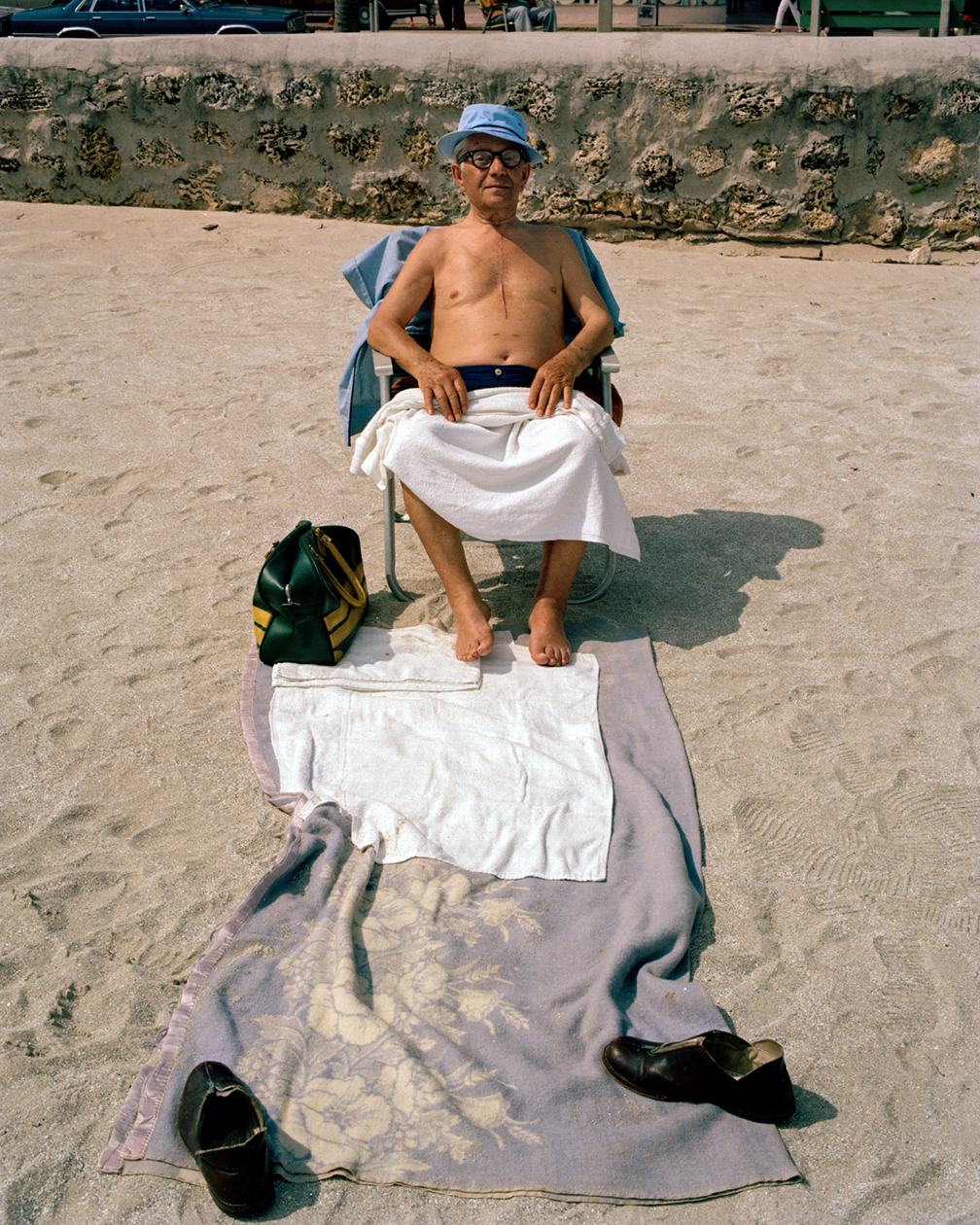
Untitled (Man with Towels) Miami, South Beach, 1982-85
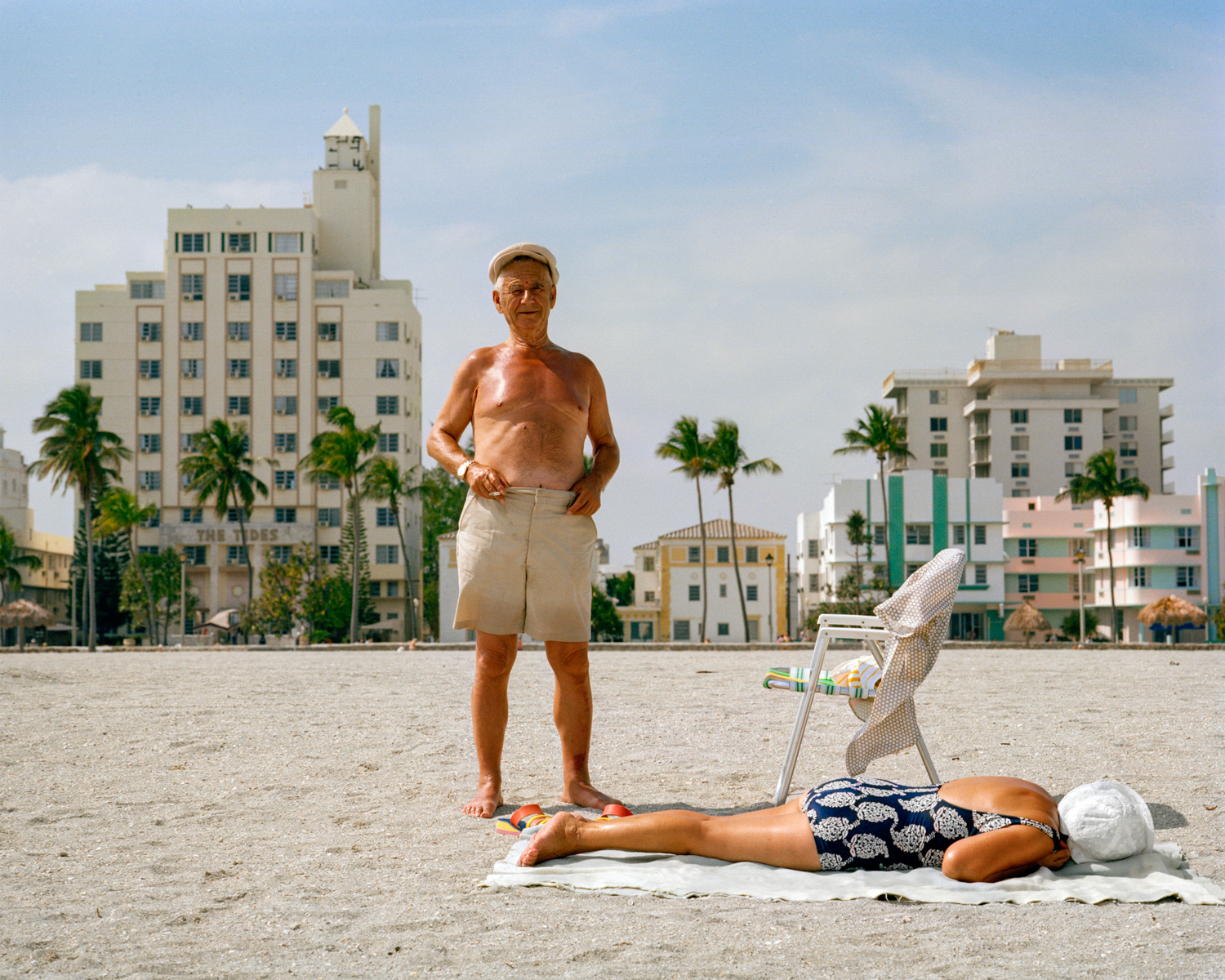
Untitled (Couple on Beach in front of Tides) Miami, South Beach, 1982-85
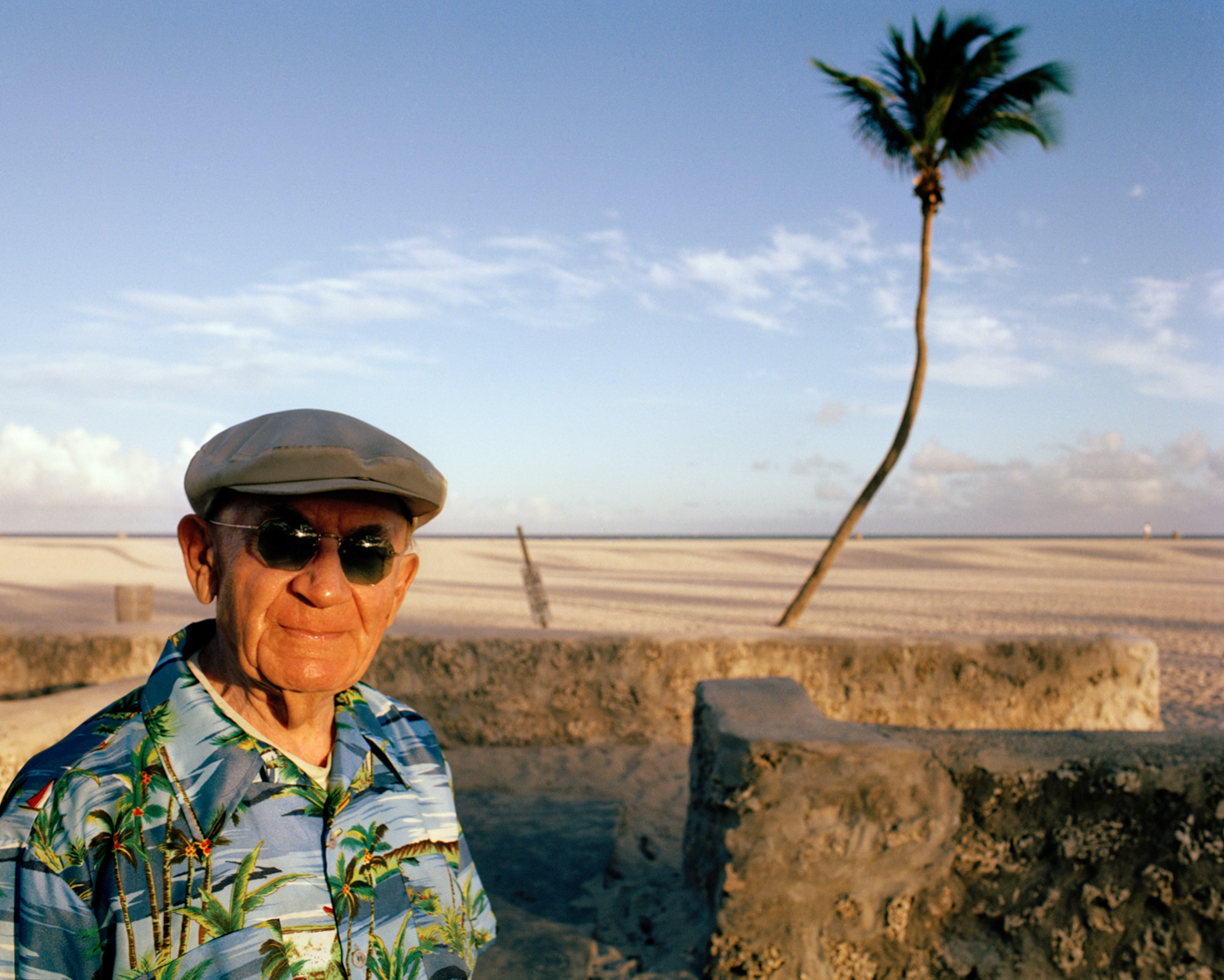
Untitled (Writer) Miami, South Beach, 1982-85
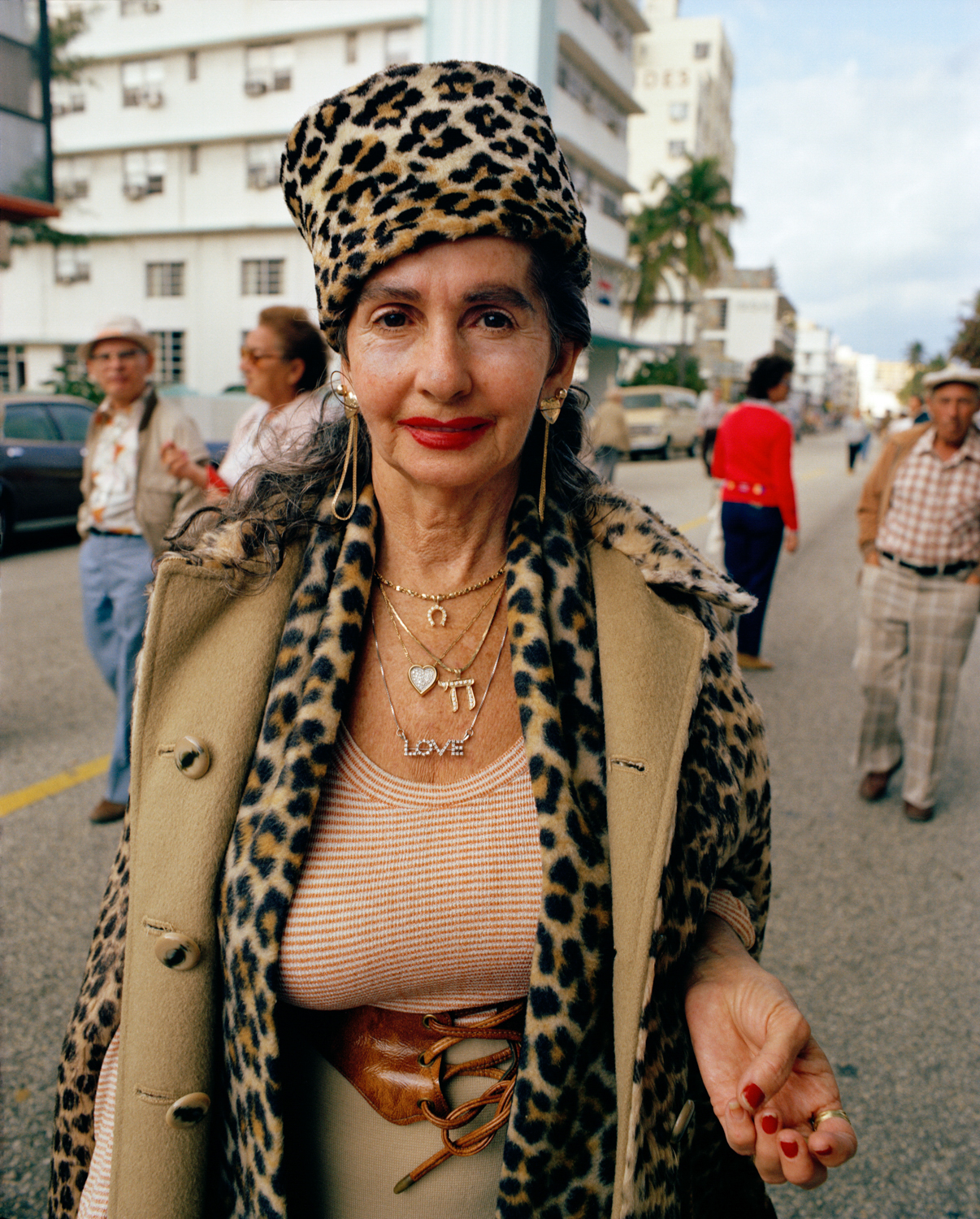
Untitled (Leopard Lady) Miami, South Beach, 1982-85
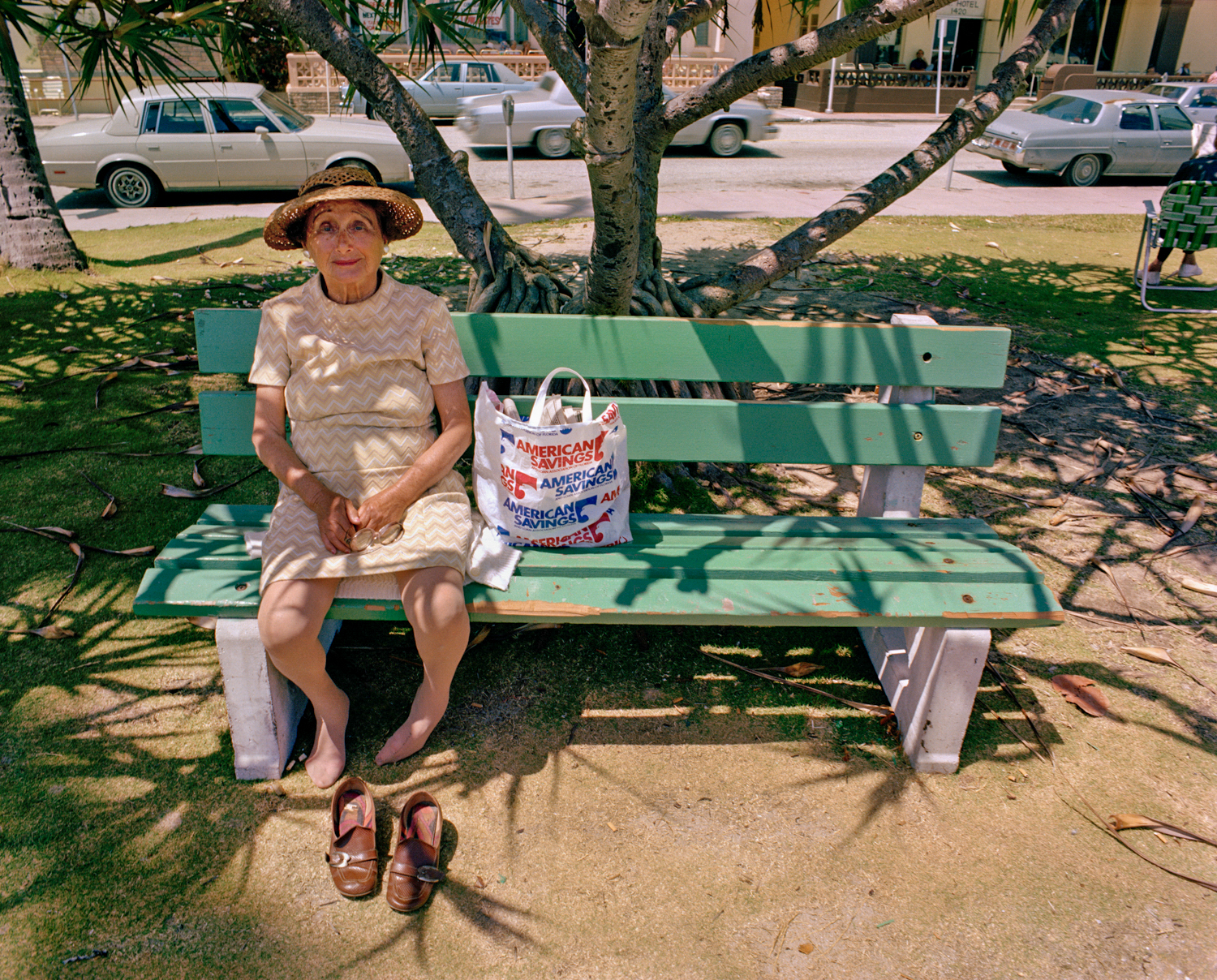
Untitled (Woman on Green Bench) Miami, South Beach, 1982-85
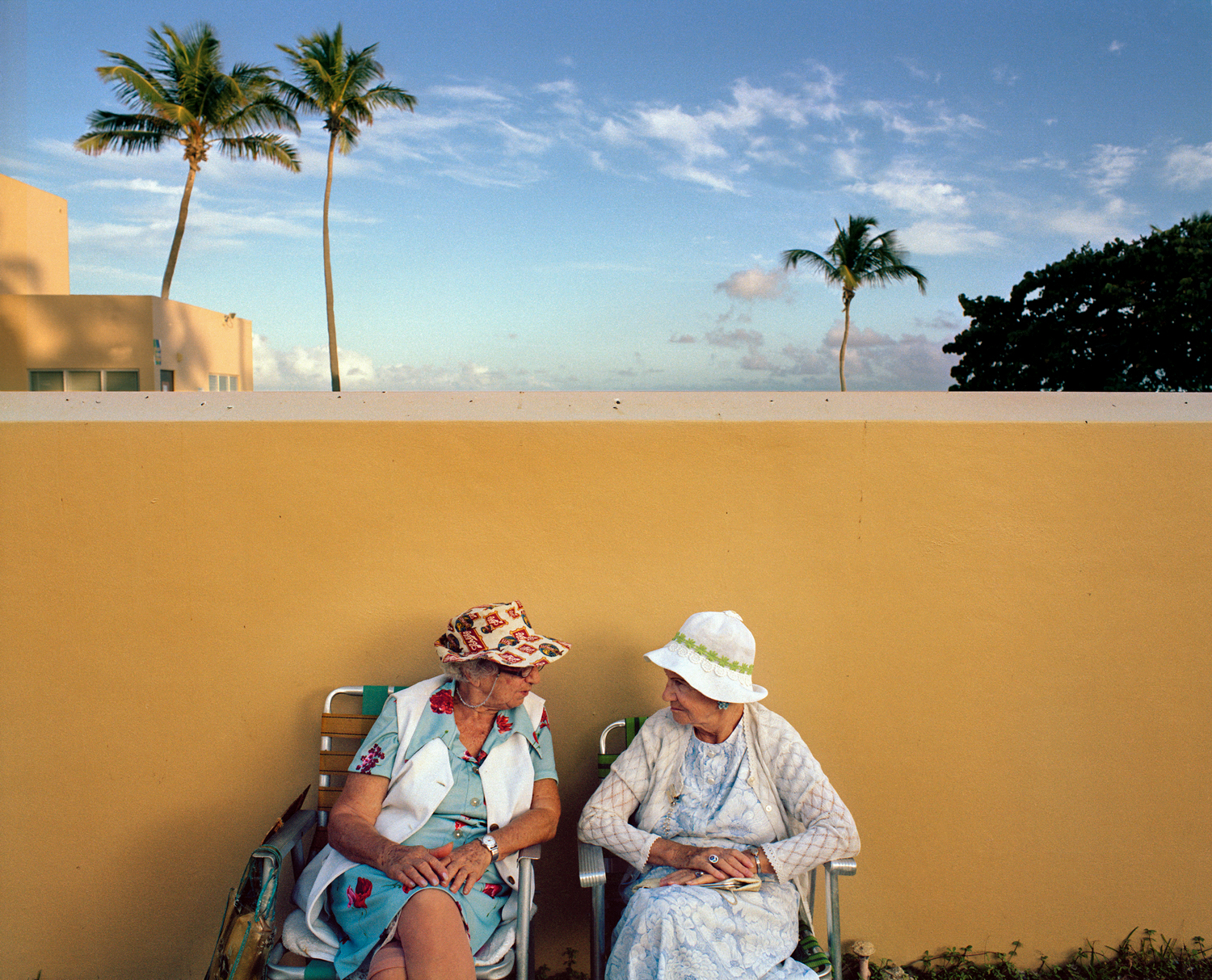
Untitled (Women with Yellow Wall) Miami, South Beach 1982-85

Untitled (Three Men on a Bench) Miami, South Beach 1982-85
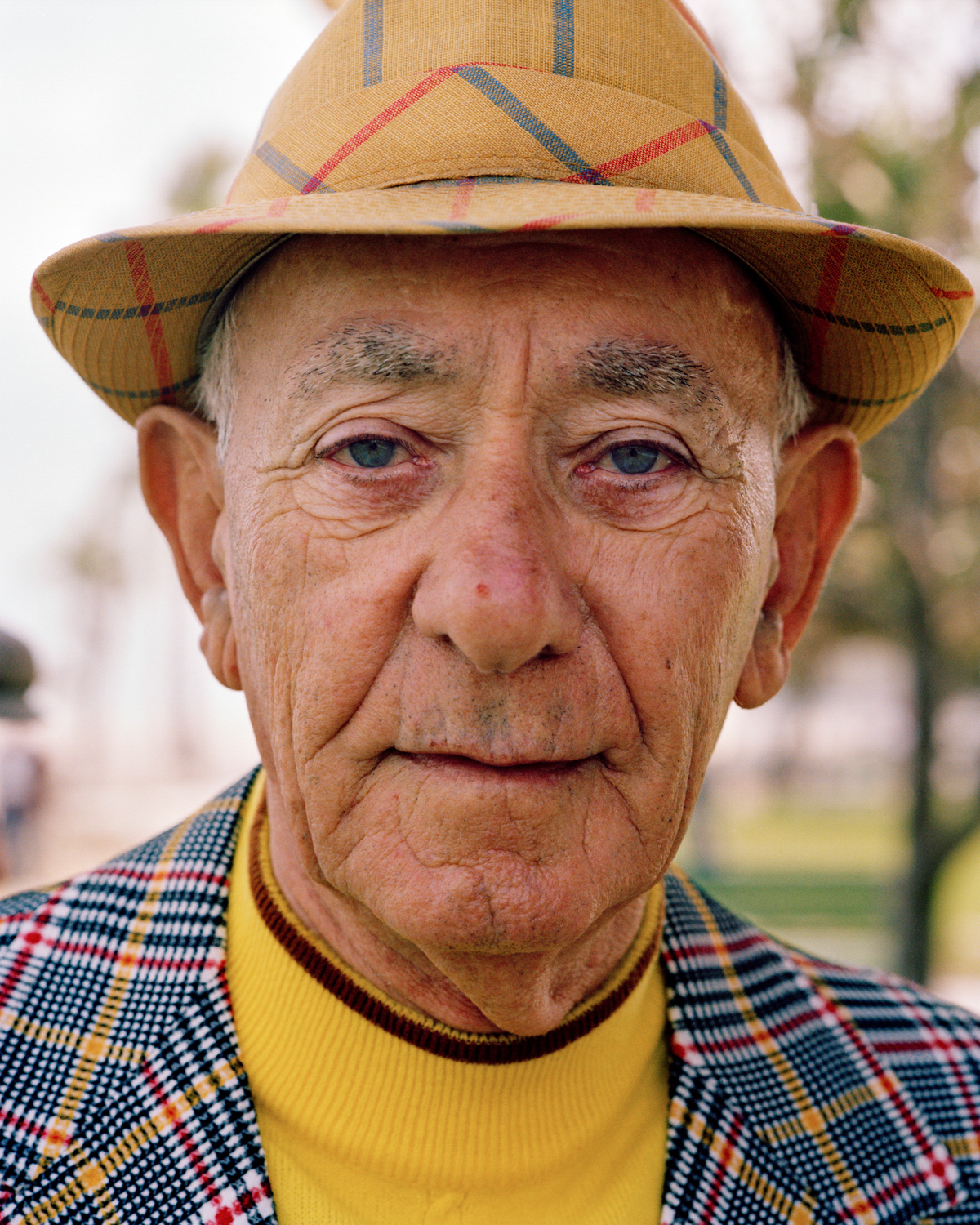
Untitled (Plaid Man) Miami, South Beach 1982-85
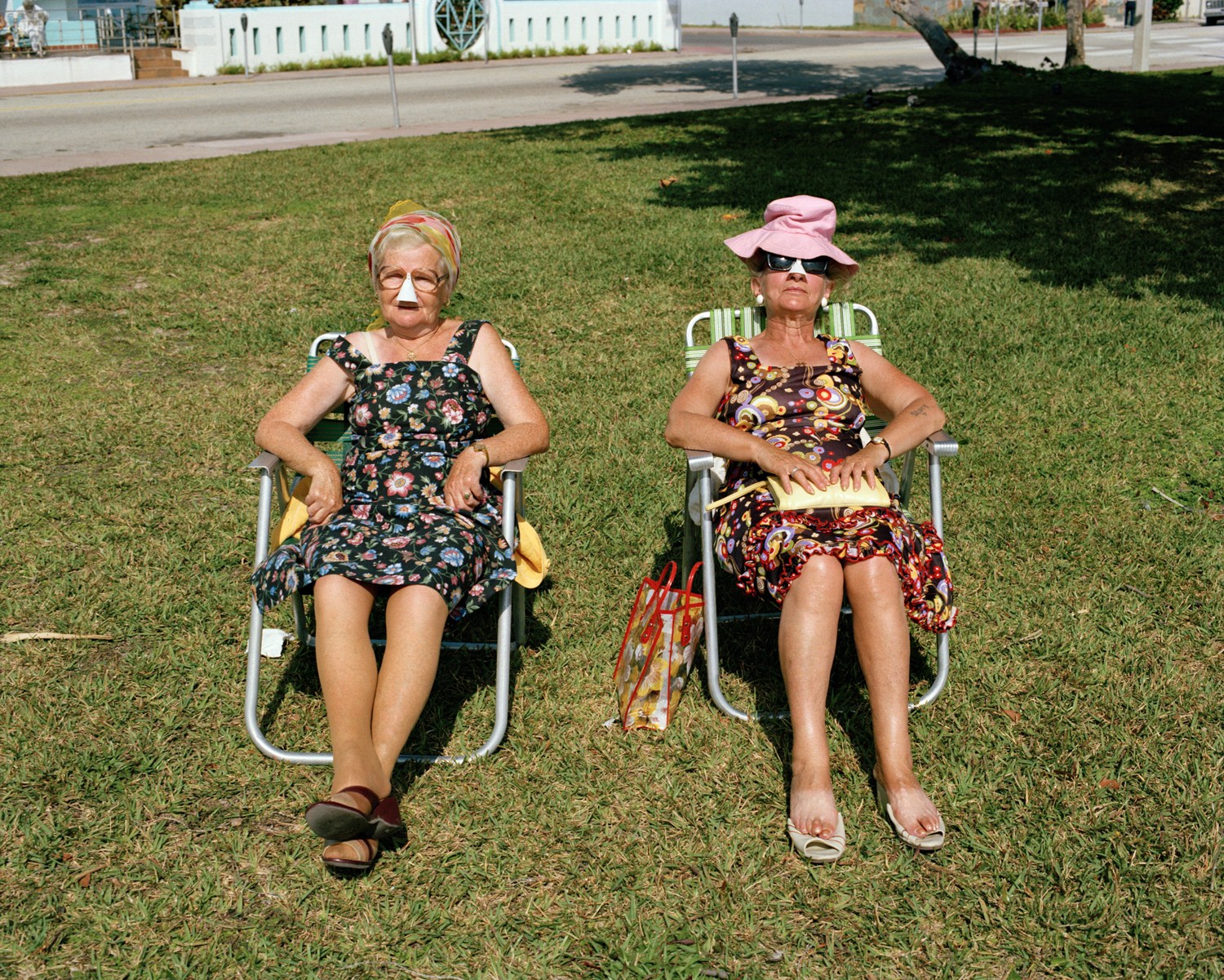
Untitled (Two Women on Lawn) Miami, South Beach, 1982-85
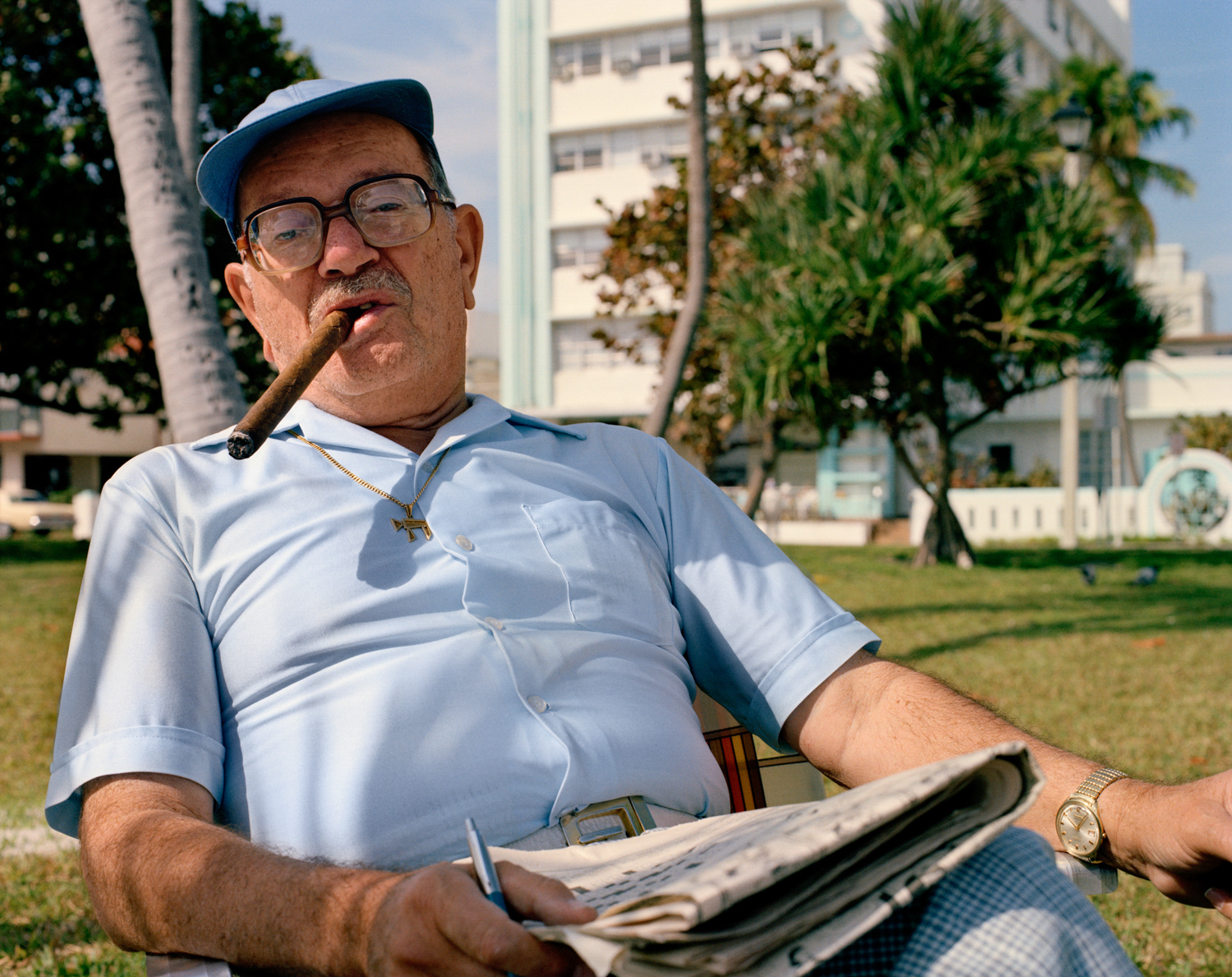
Untitled (Man with Cigar) Miami, South Beach, 1982-85
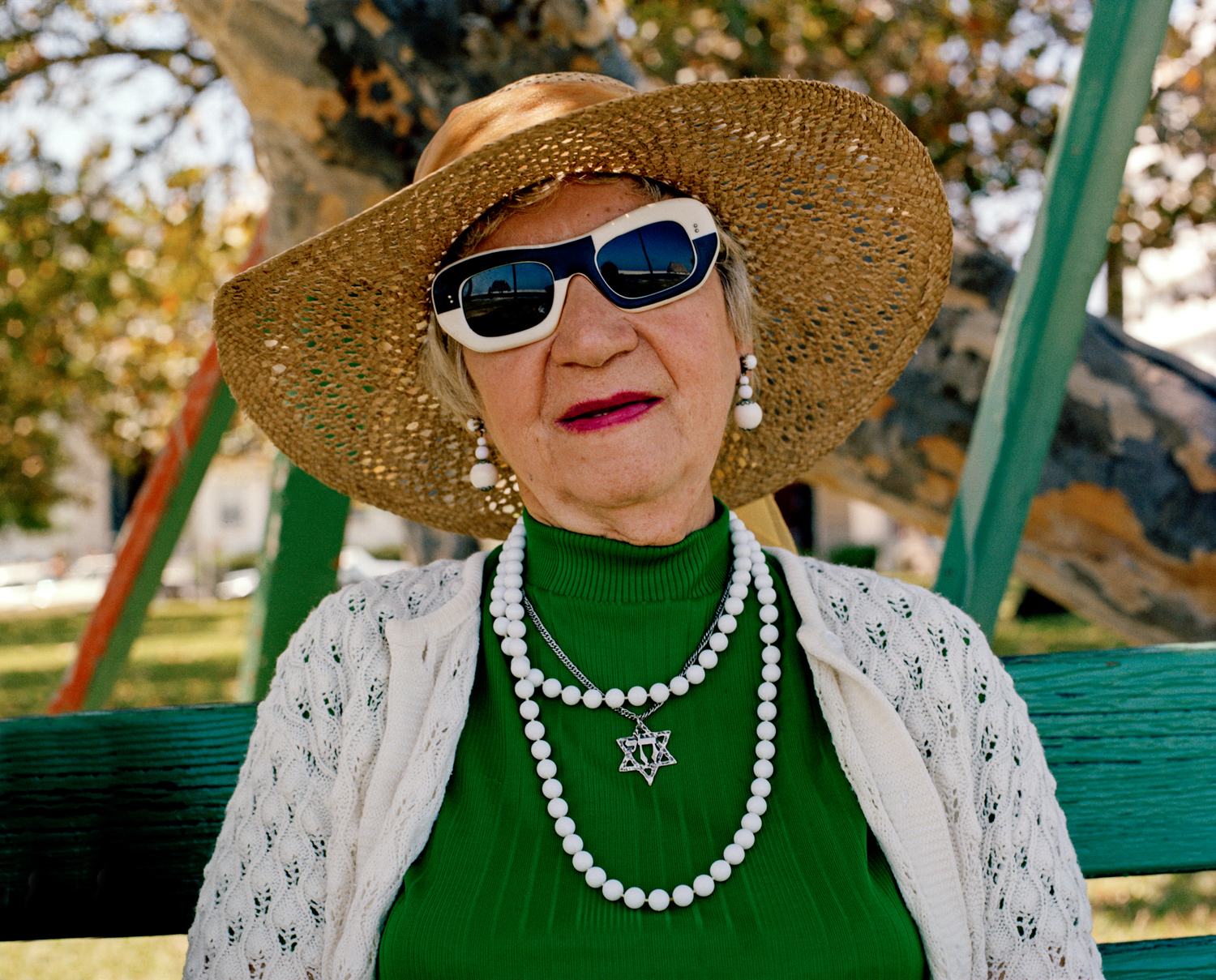
Untitled (Woman with B&W Sunglasses) Miami, South Beach, 1982-85
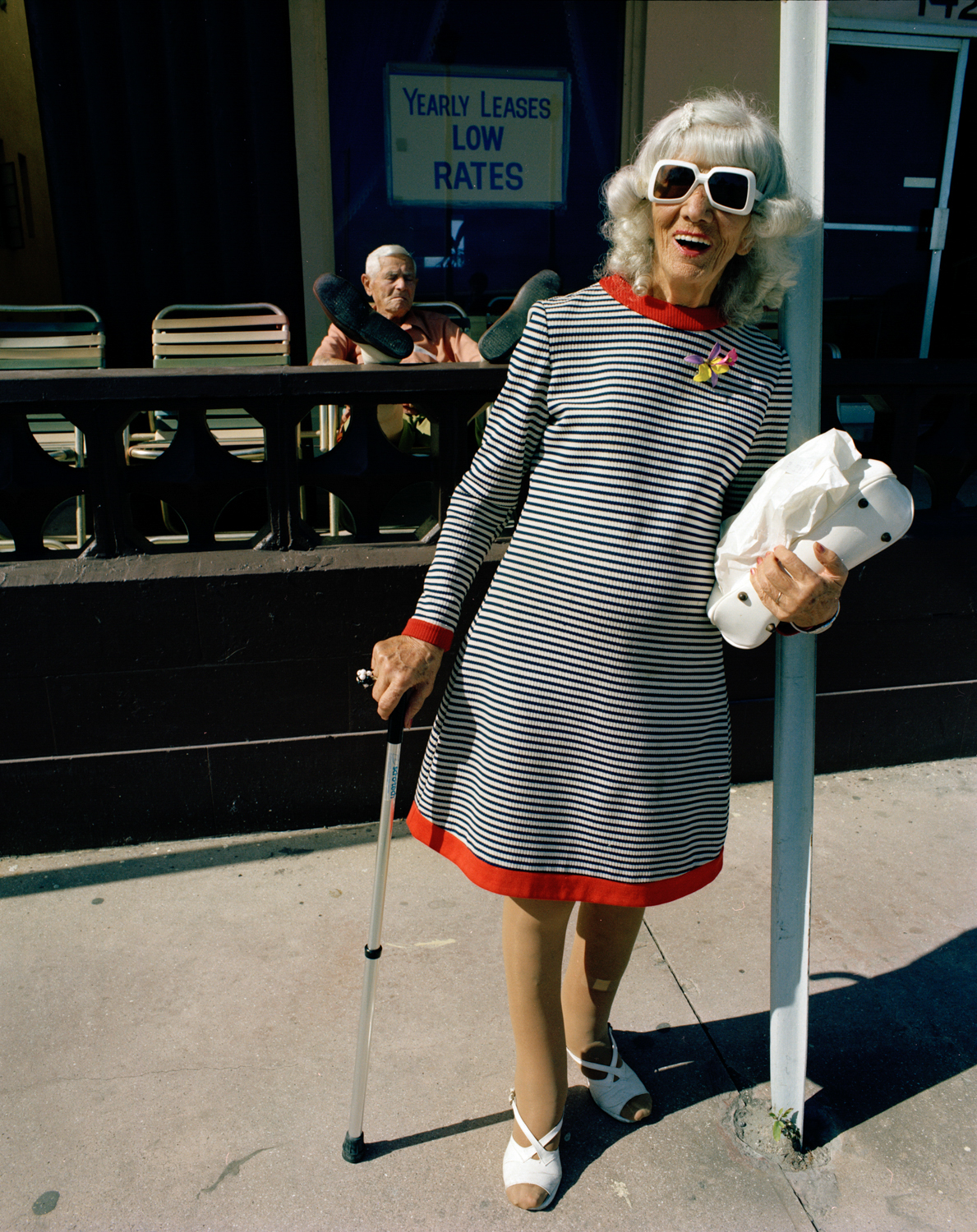
Untitled (B&W Striped Dress) Miami, South Beach 1982-85

Man Sunbathing in Lawn Chair) Miami, South Beach 1982-85

Untitled (Wheelchairs) Miami - South Beach 1982-85
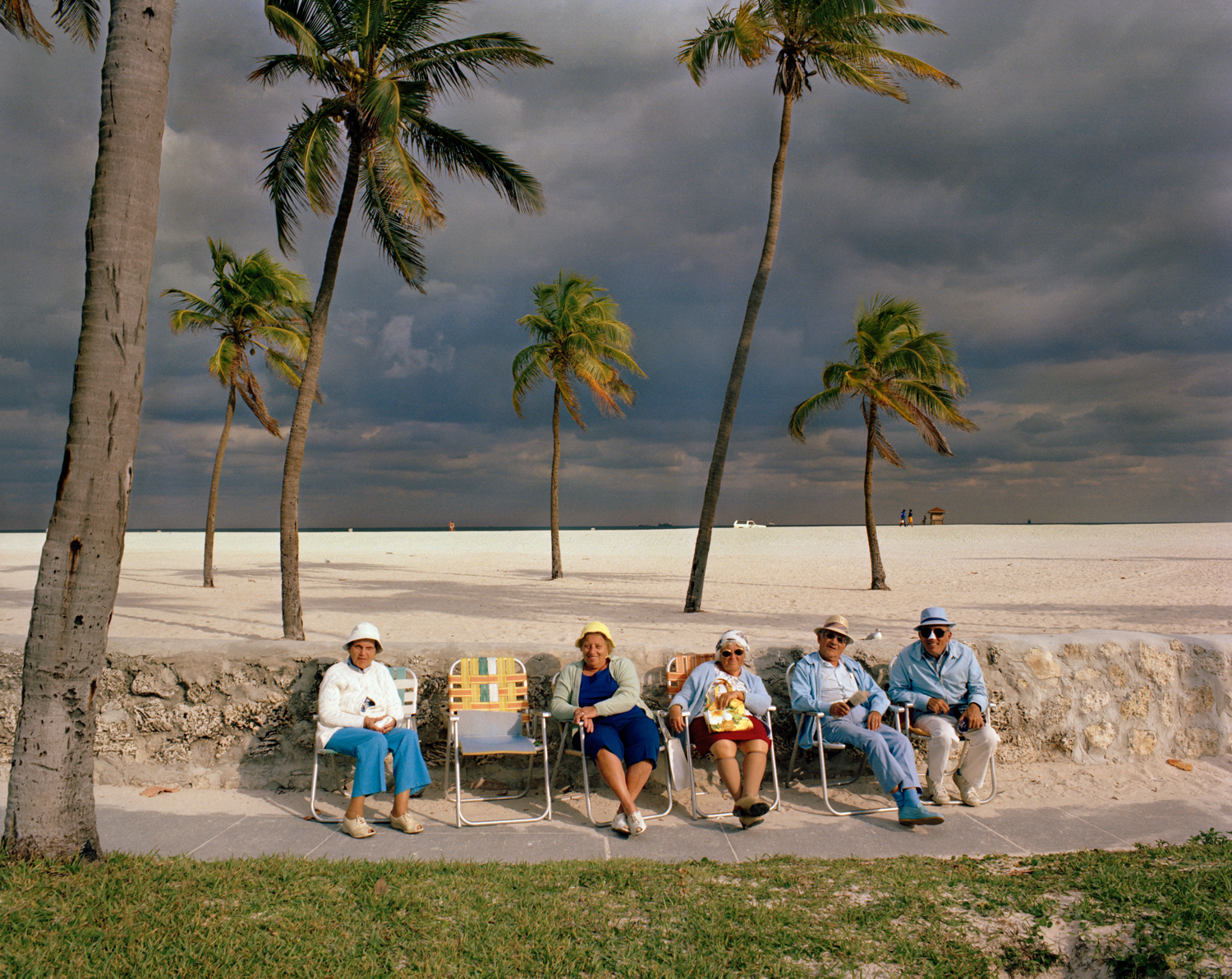
Untitled (Storm Approaching) Miami, South Beach, 1982-85
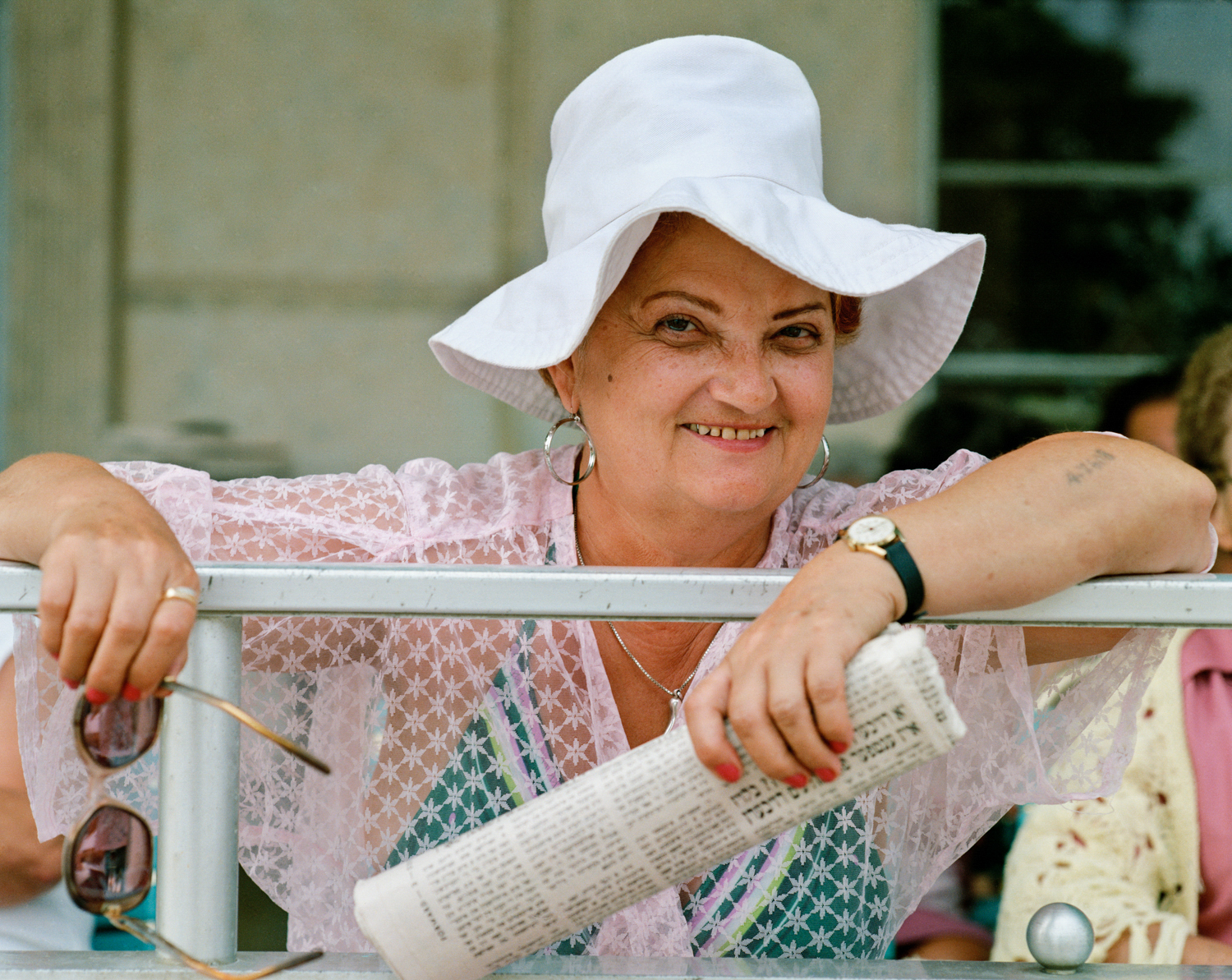
Untitled (Woman with Number Tattoo) Miami, South Beach, 1982-85
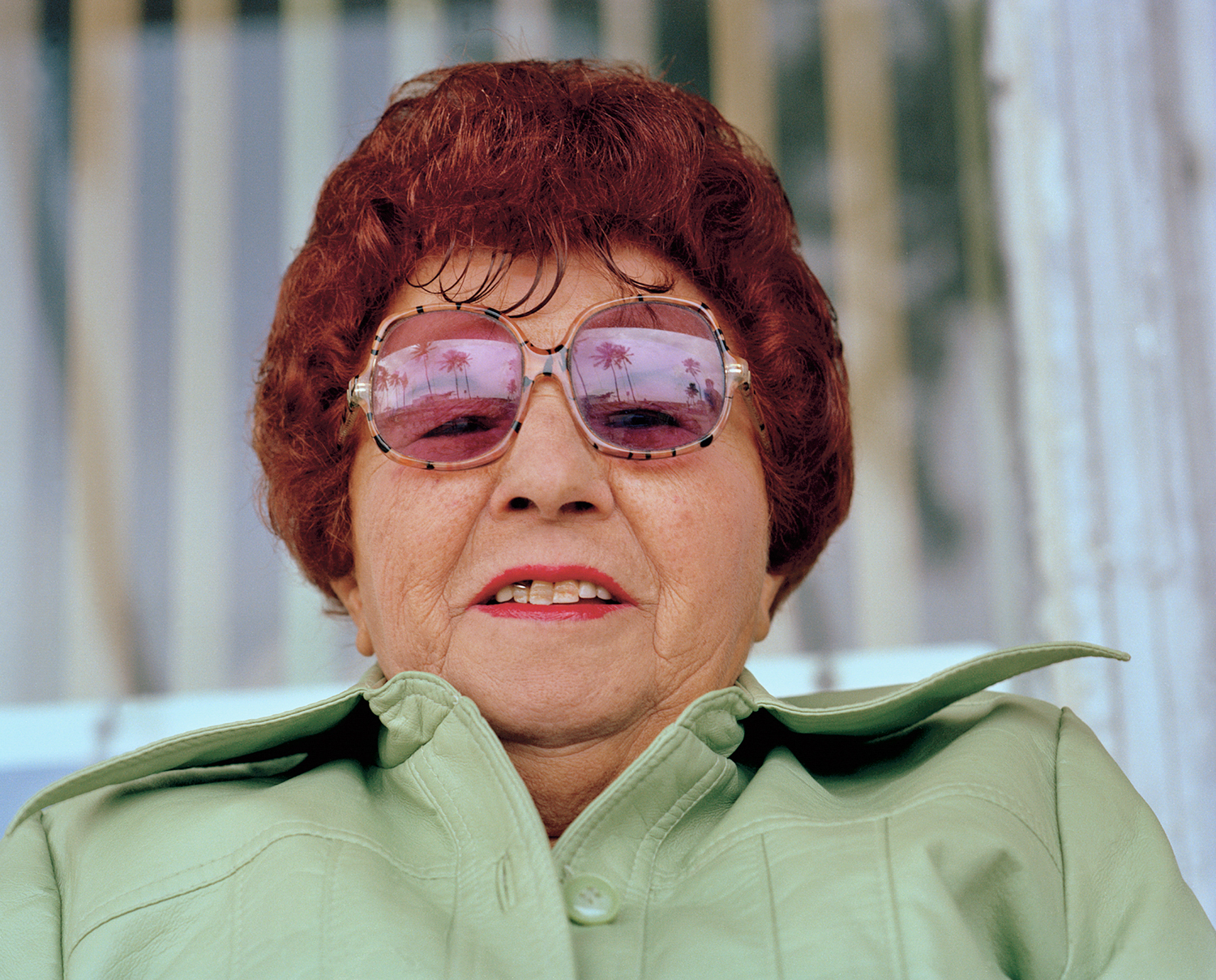
Untitled (Palm Tree in Sunglasses) Miami, South Beach, 1982-85
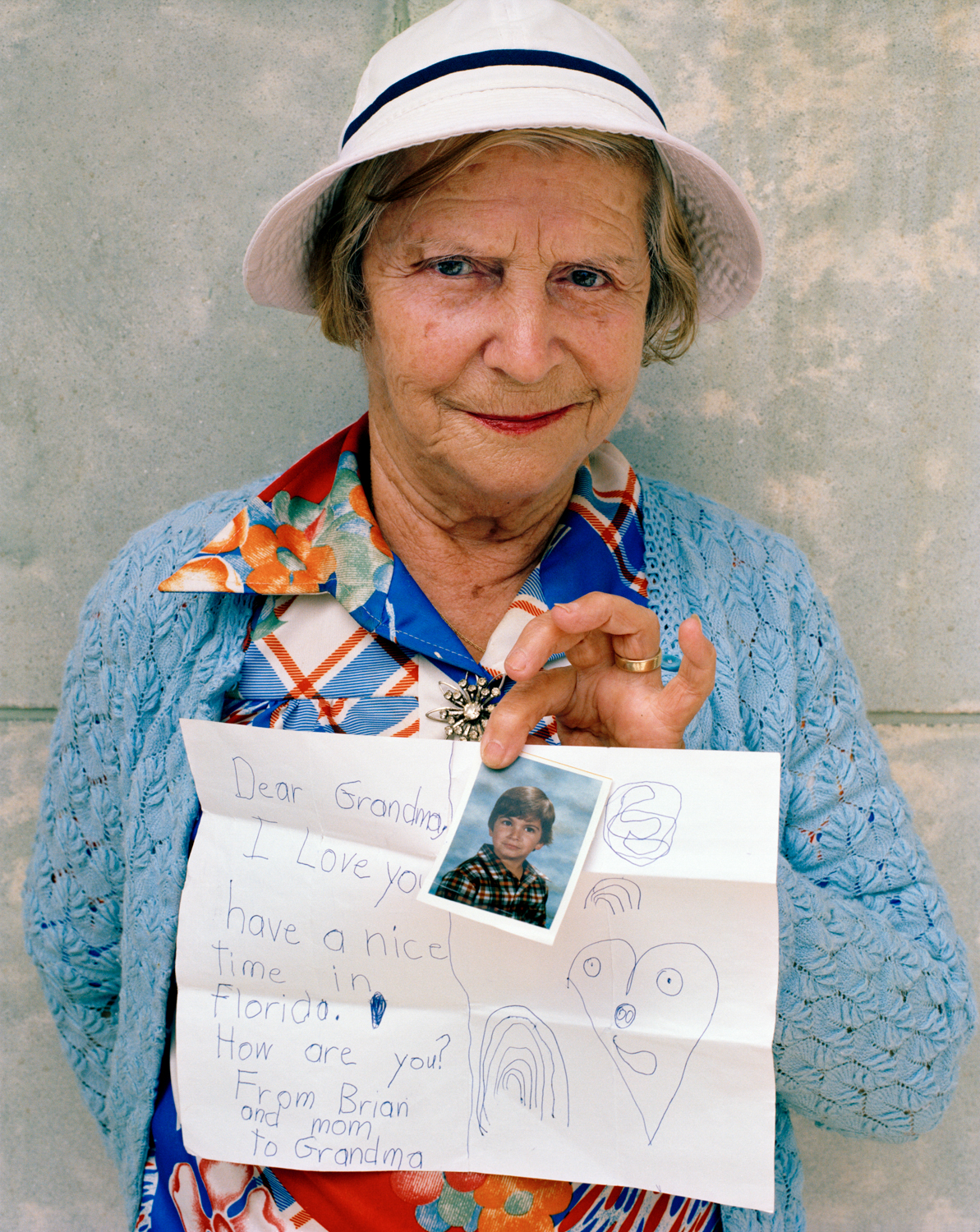
Untitled (Grandma) Miami, South Beach 1982-85
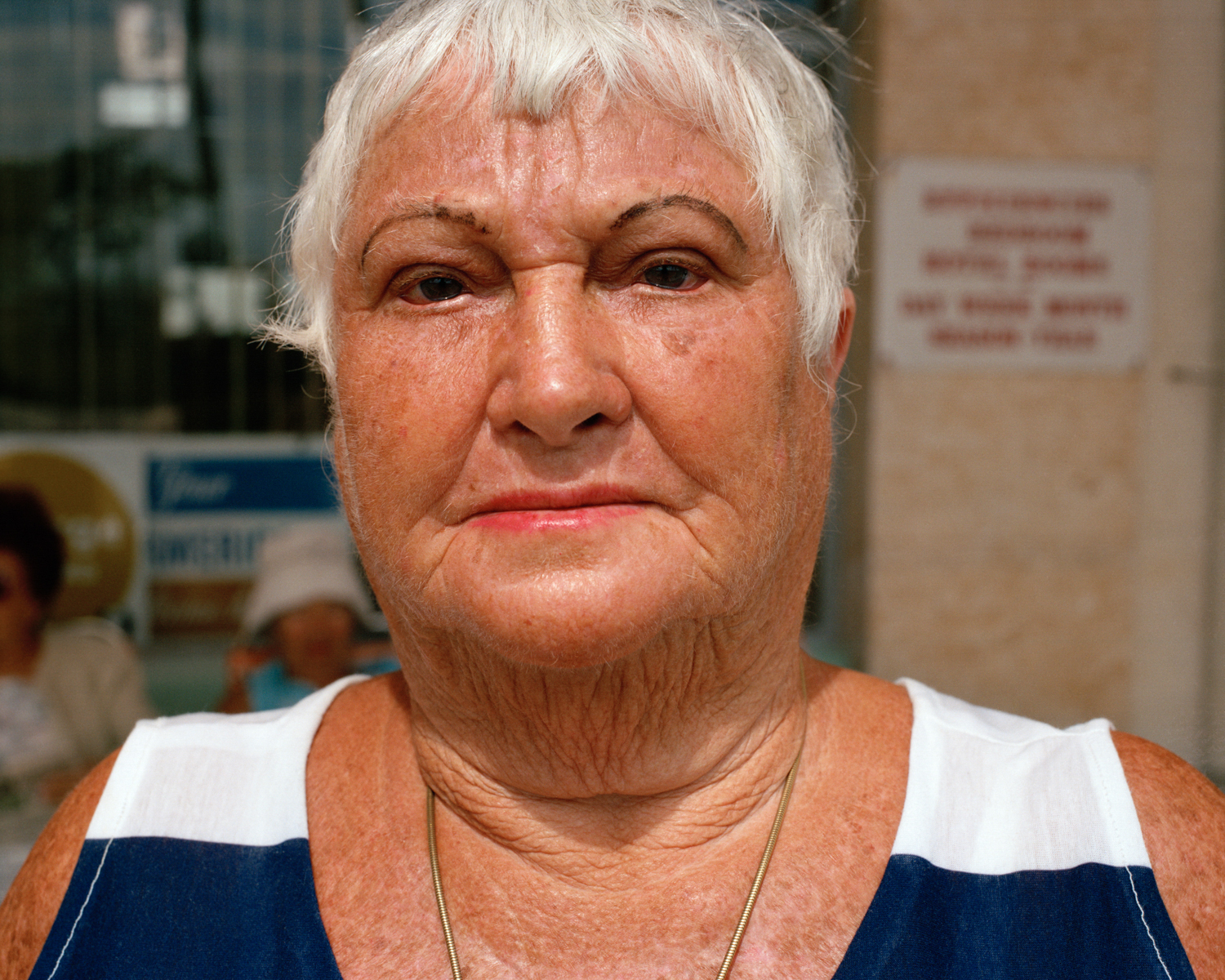
Untitled (Eyebrows) Miami, South Beach 1982-85
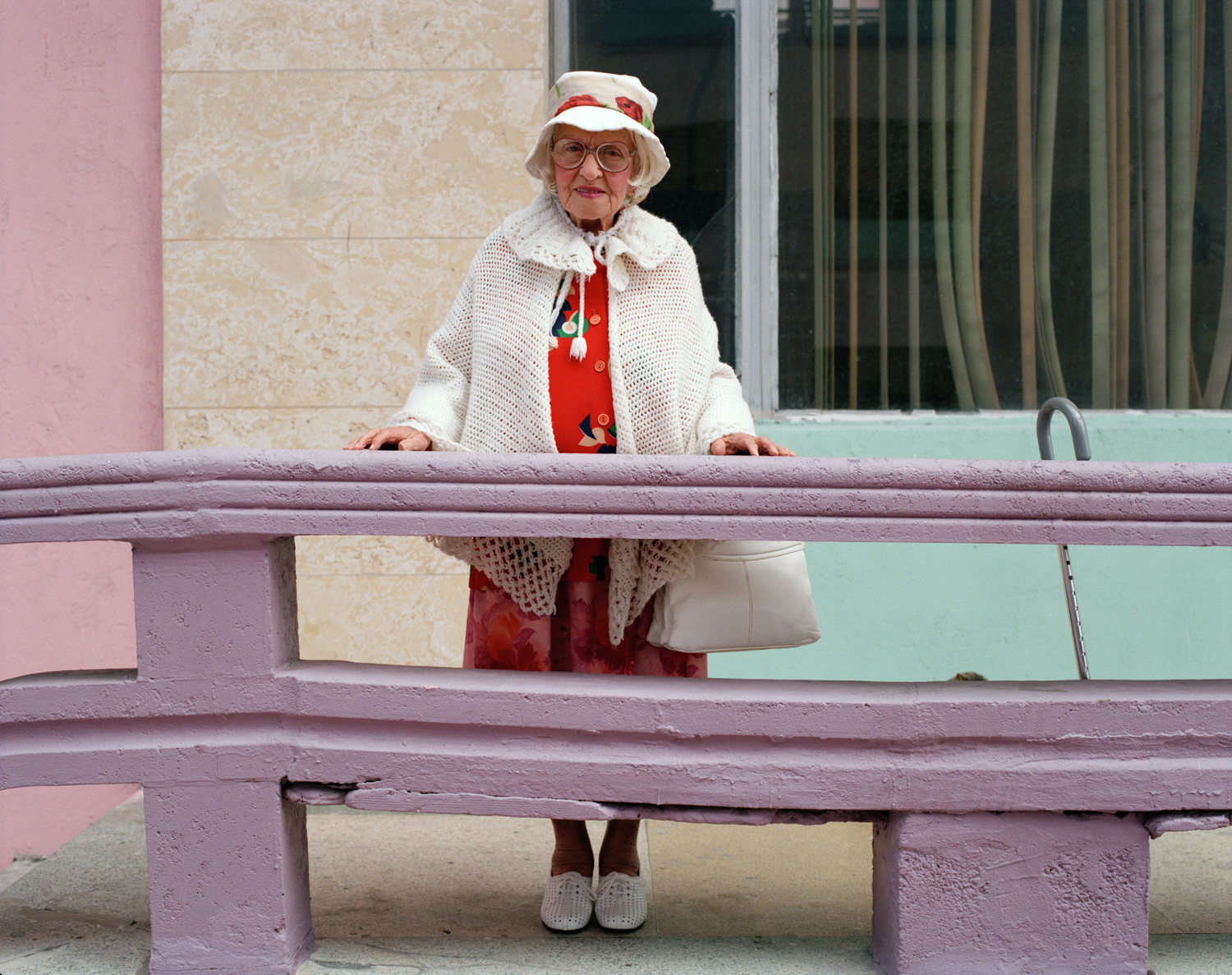
Untitled (Woman on Purple Porch) Miami, South Beach 1982-85
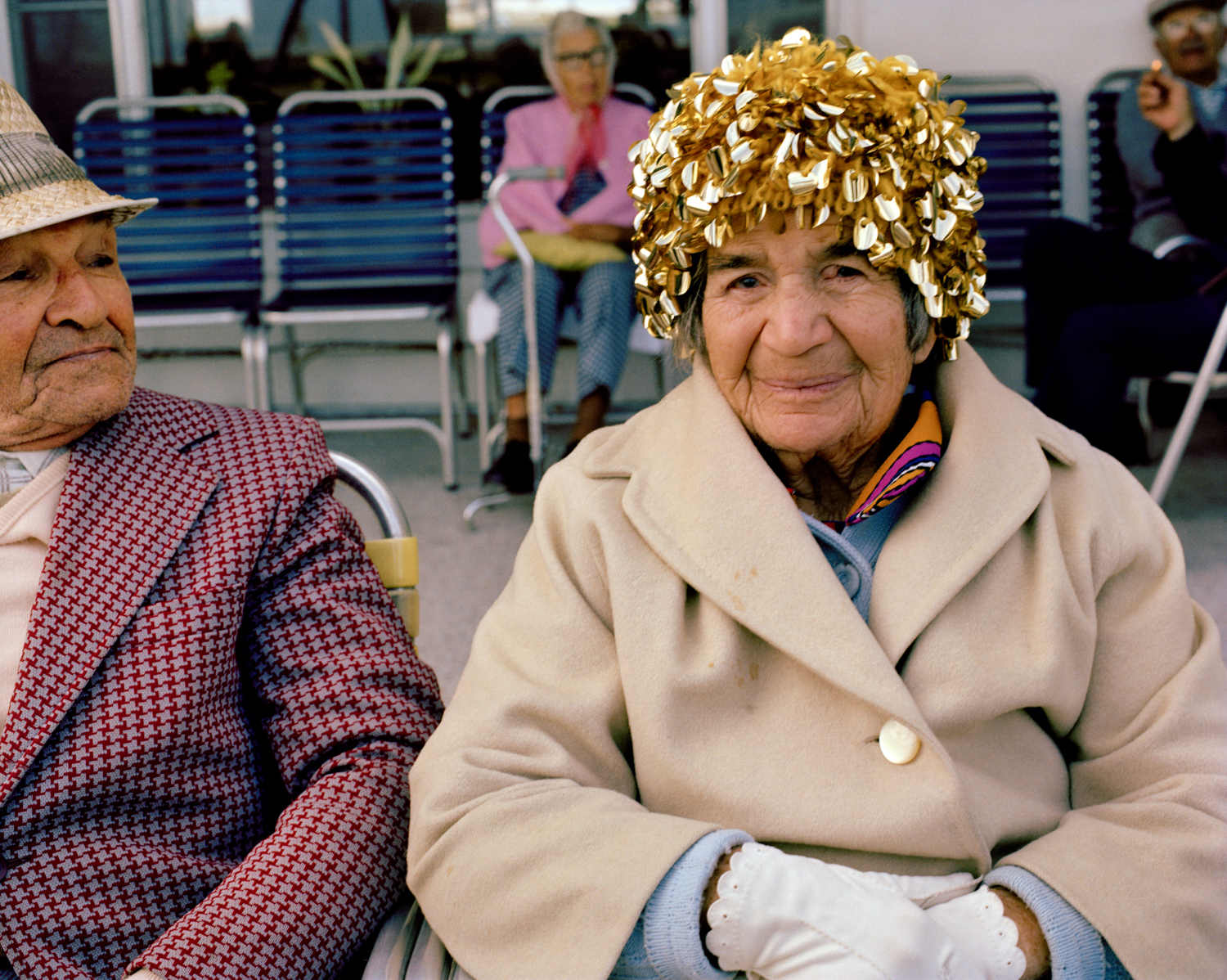
Untitled (Woman with Gold Hat) Miami, South Beach, 1982-85
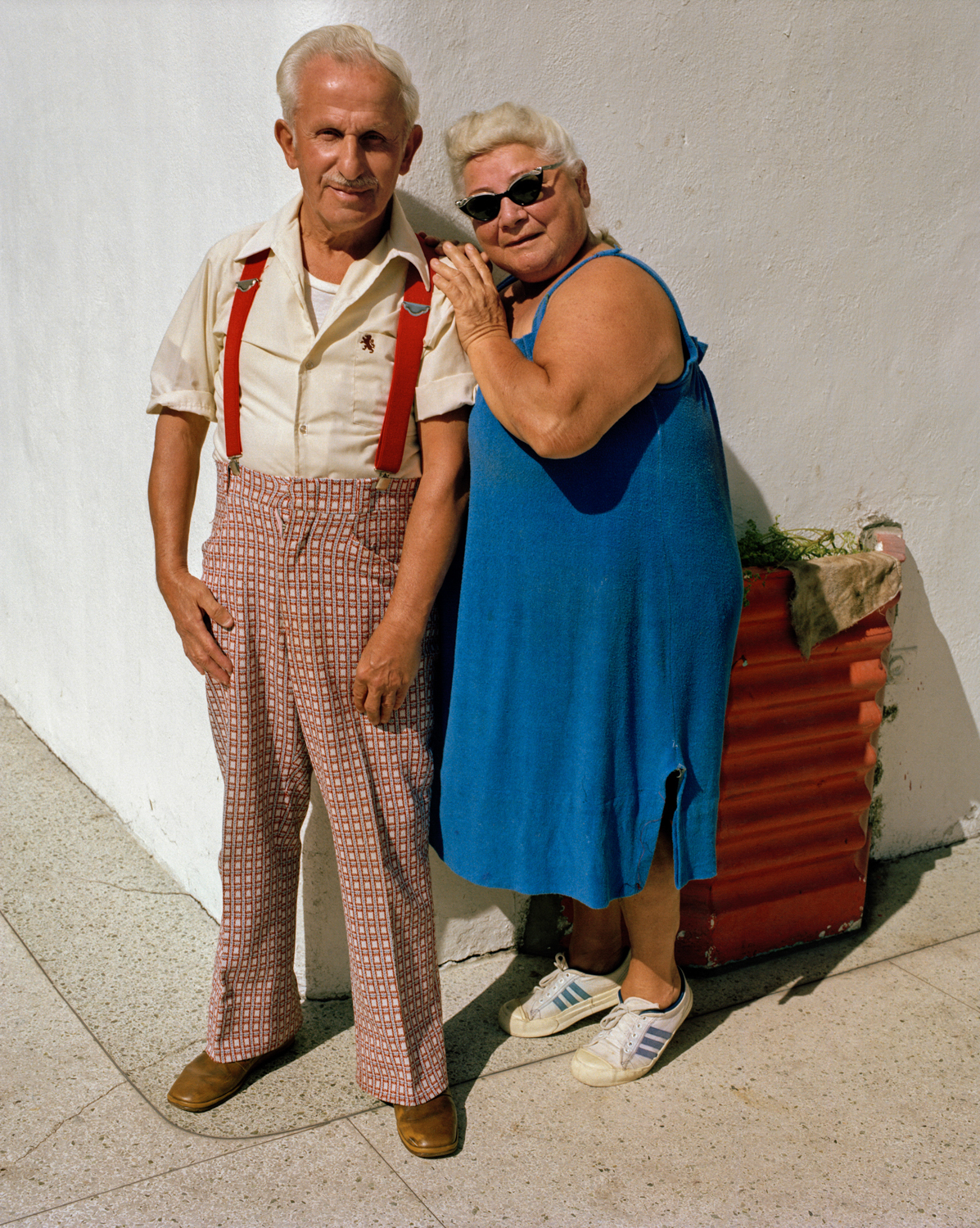
Untitled (Couple on Corner) Miami, South Beach, 1982-85
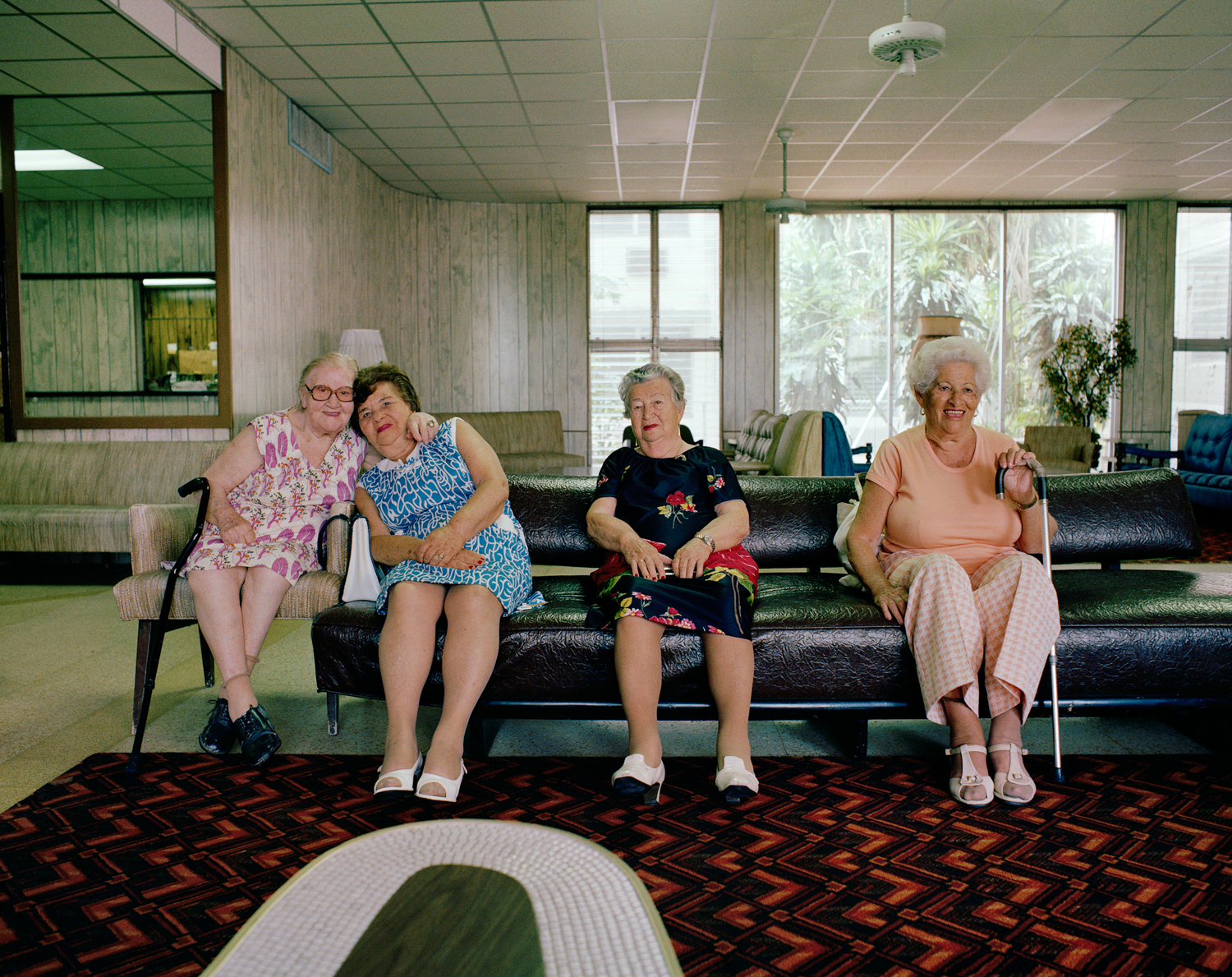
Untitled (Four Women on Couch) Miami, South Beach, 1982-85
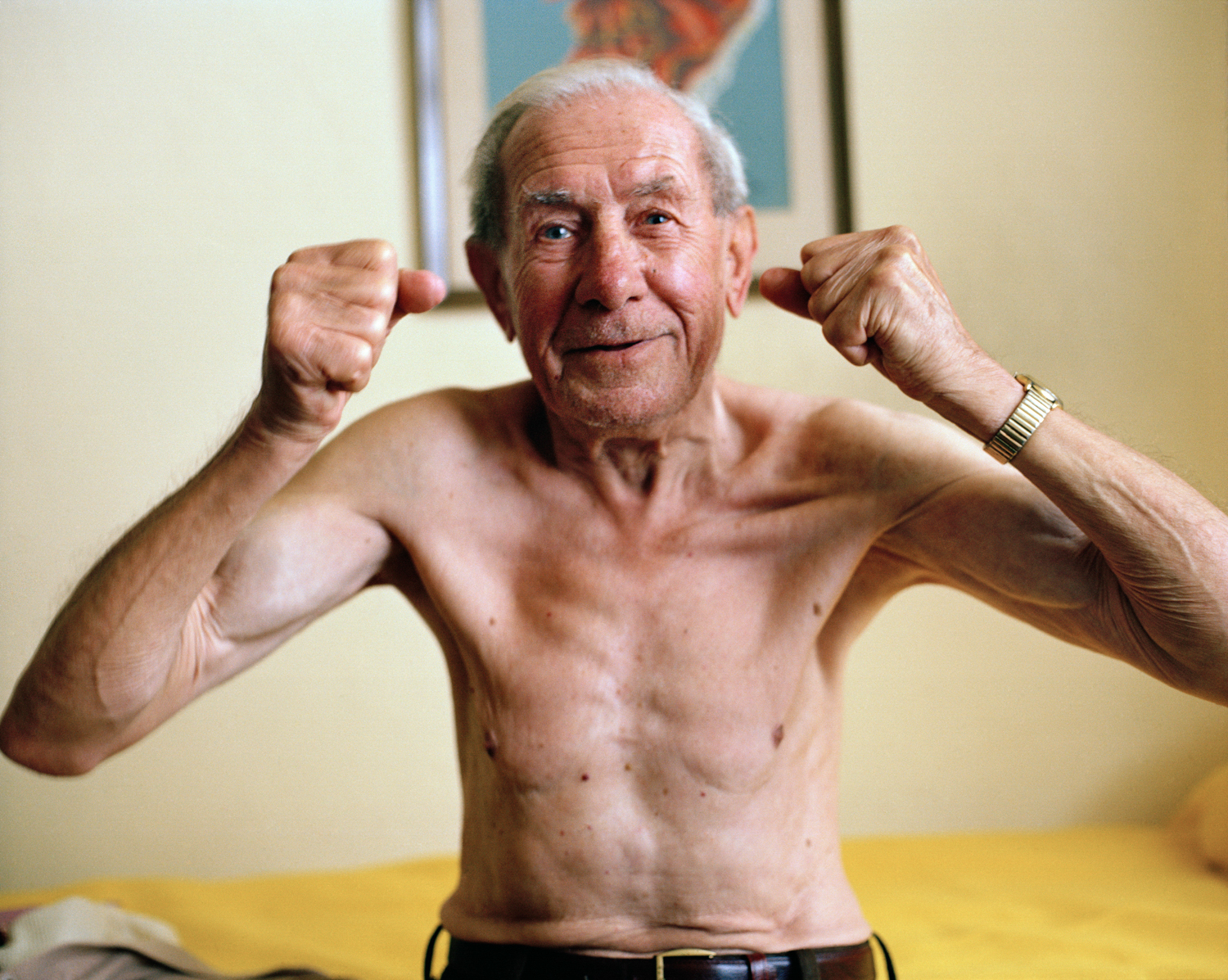
Untitled (Muscle Man) Miami, South Beach, 1982-85
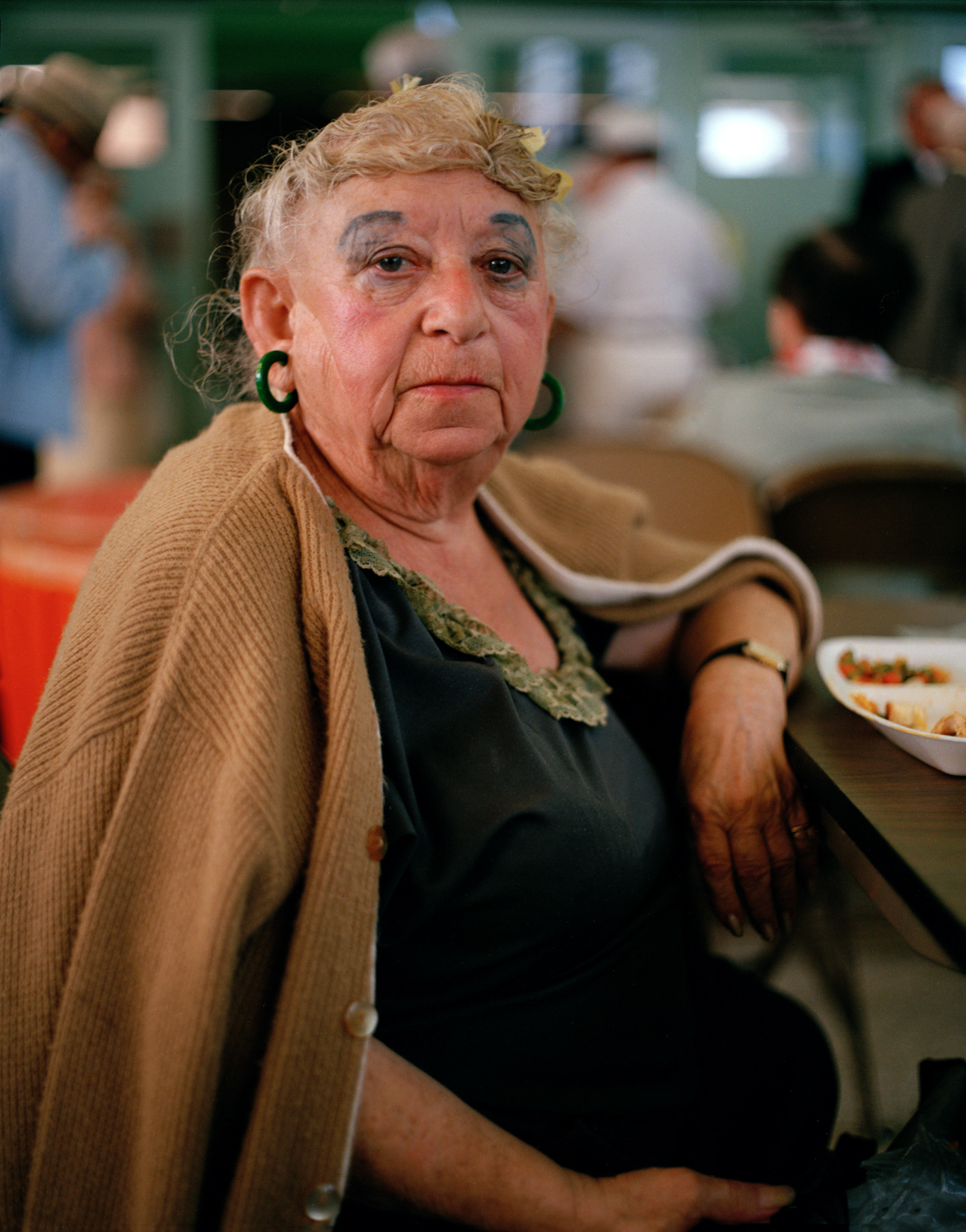
Untitled (Woman in Cafeteria) Miami, South Beach, 1982-85

Untitled (Tillie) Miami, South Beach, 1982-85
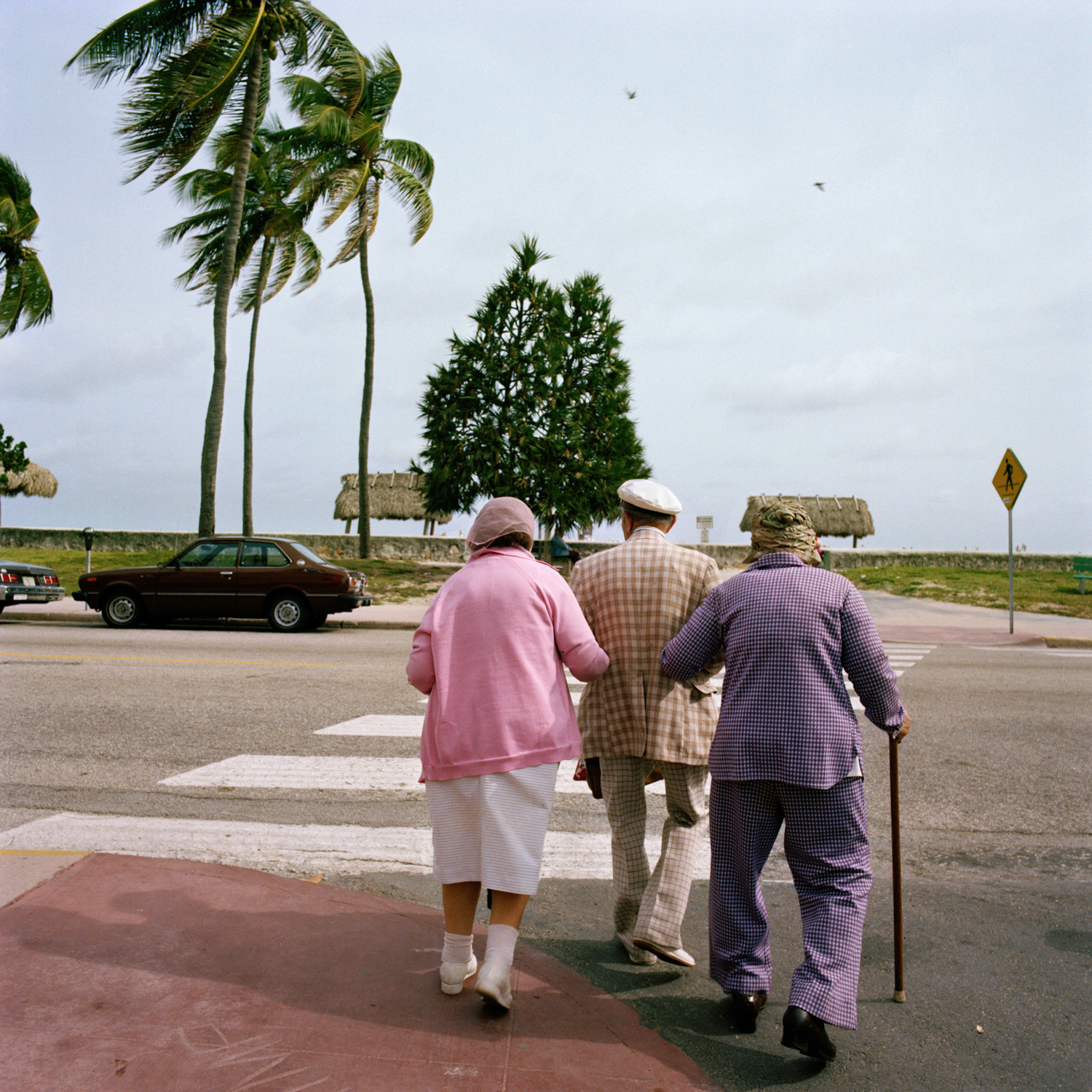
Untitled (3 Crossing Street) Miami, South Beach 1982-85
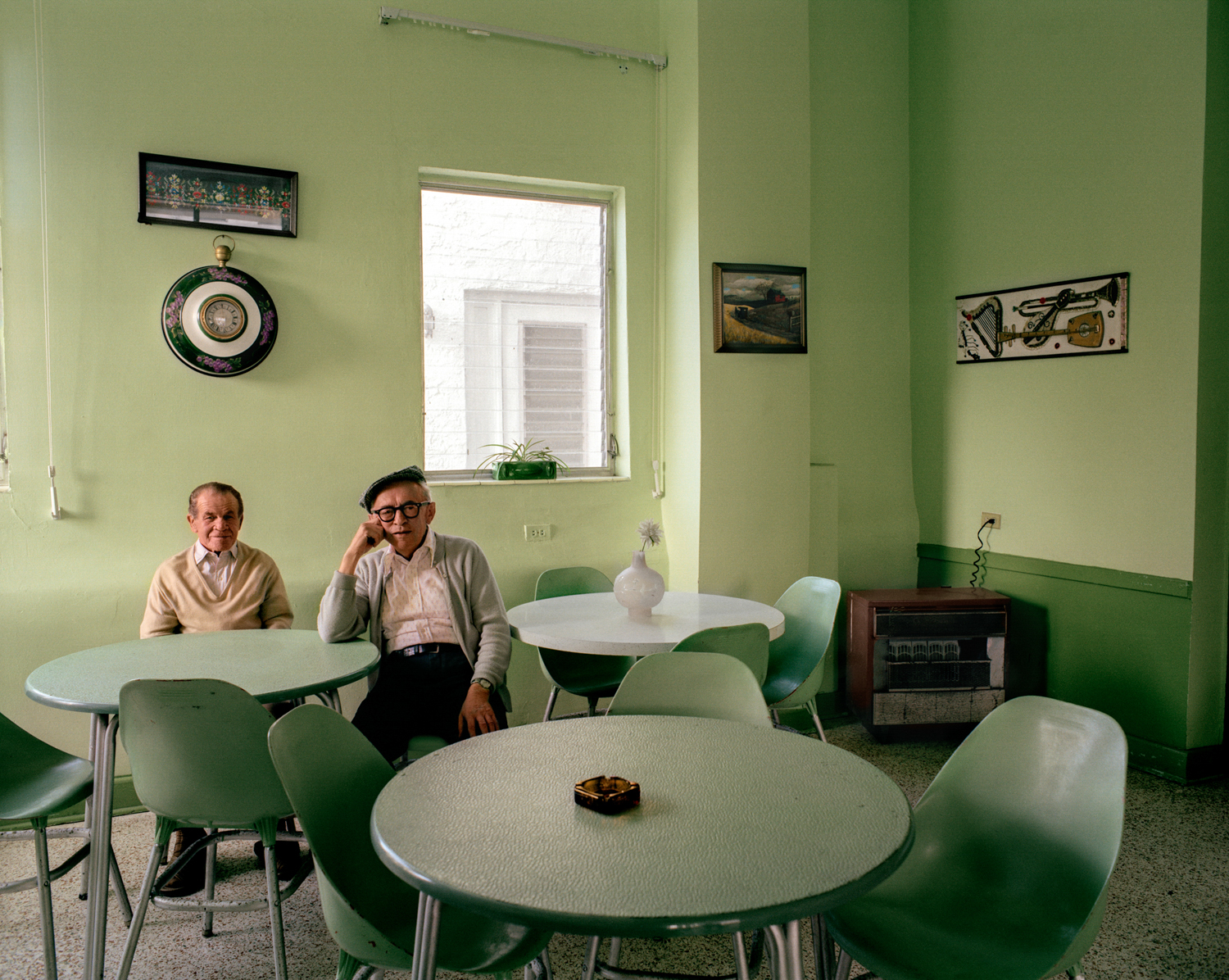
Untitled (Men in Green Room) Miami, South Beach 1982-85
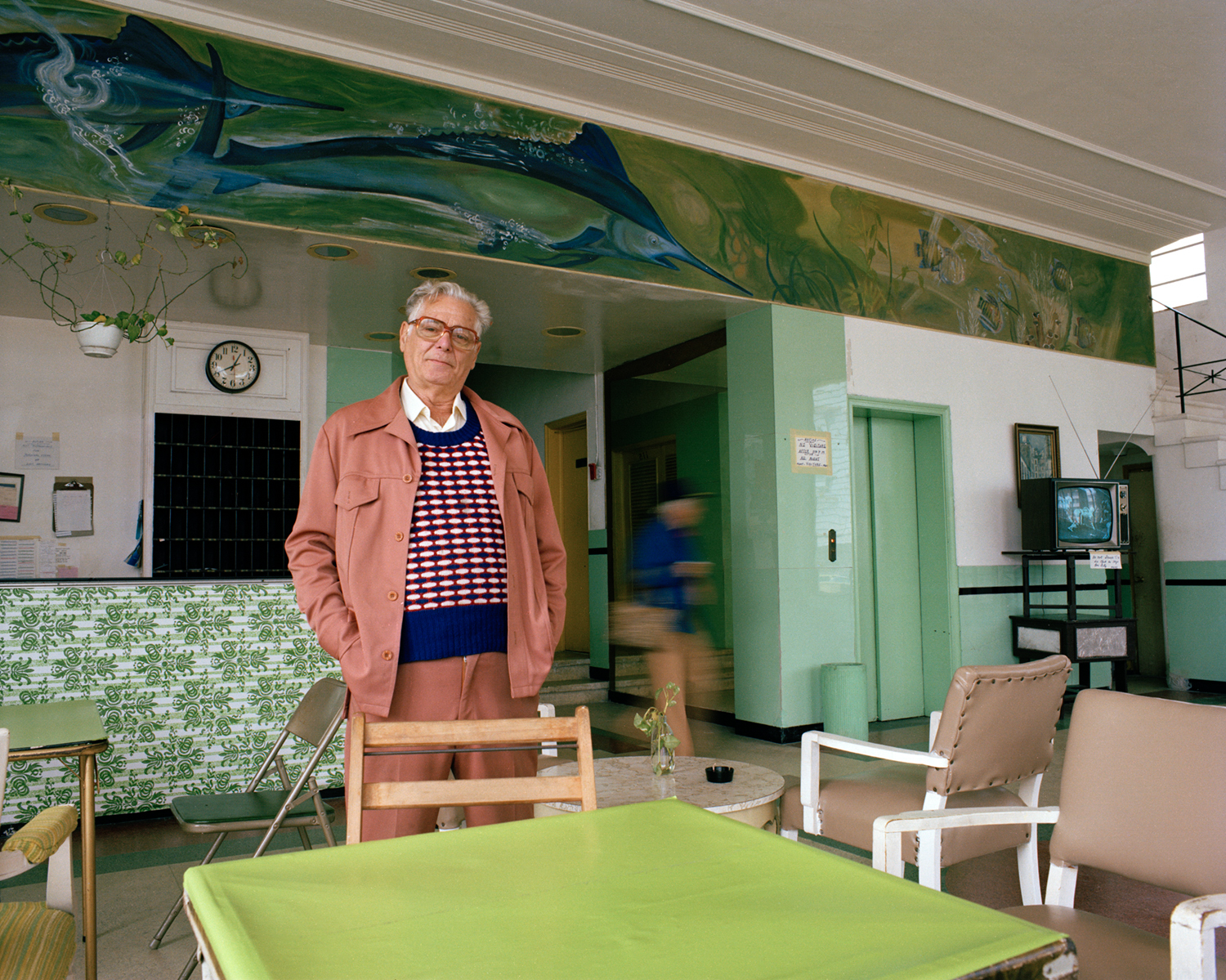
Untitled (Man in Cafeteria) Miami, South Beach 1982-85
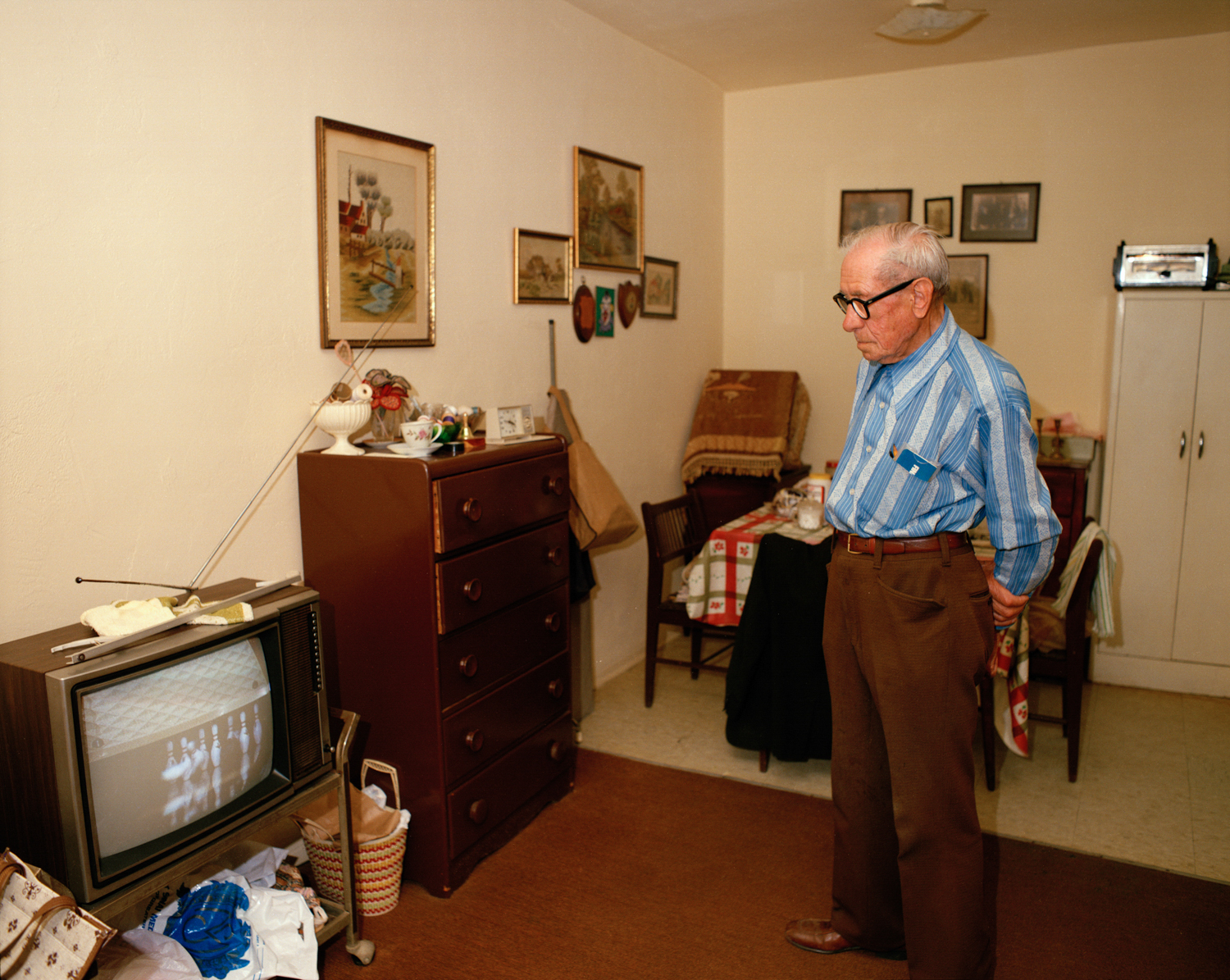
Untitled (Man Watching TV) Miami, South Beach 1982-85
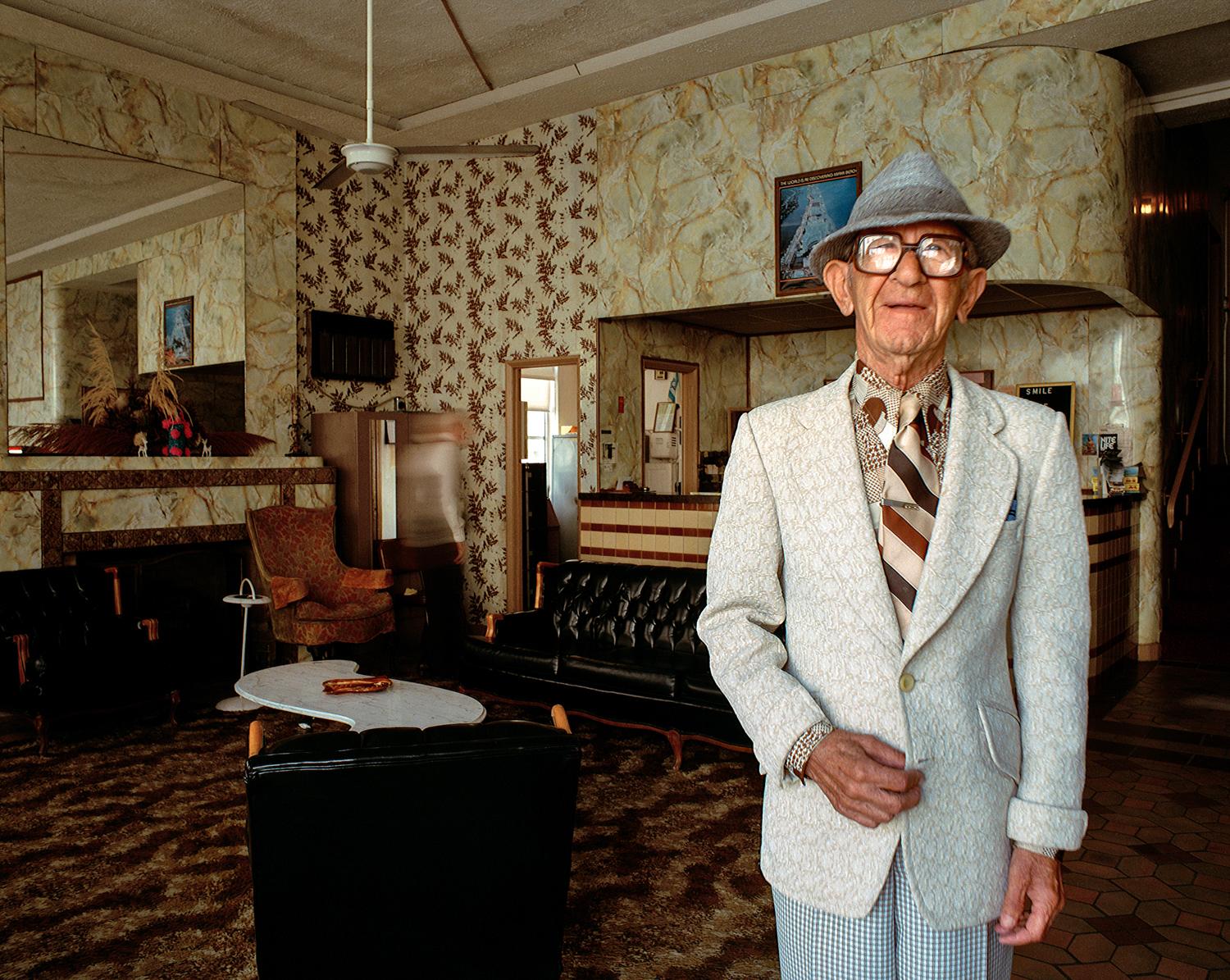
Untitled (Man in White Coat) Miami, South Beach 1982-85
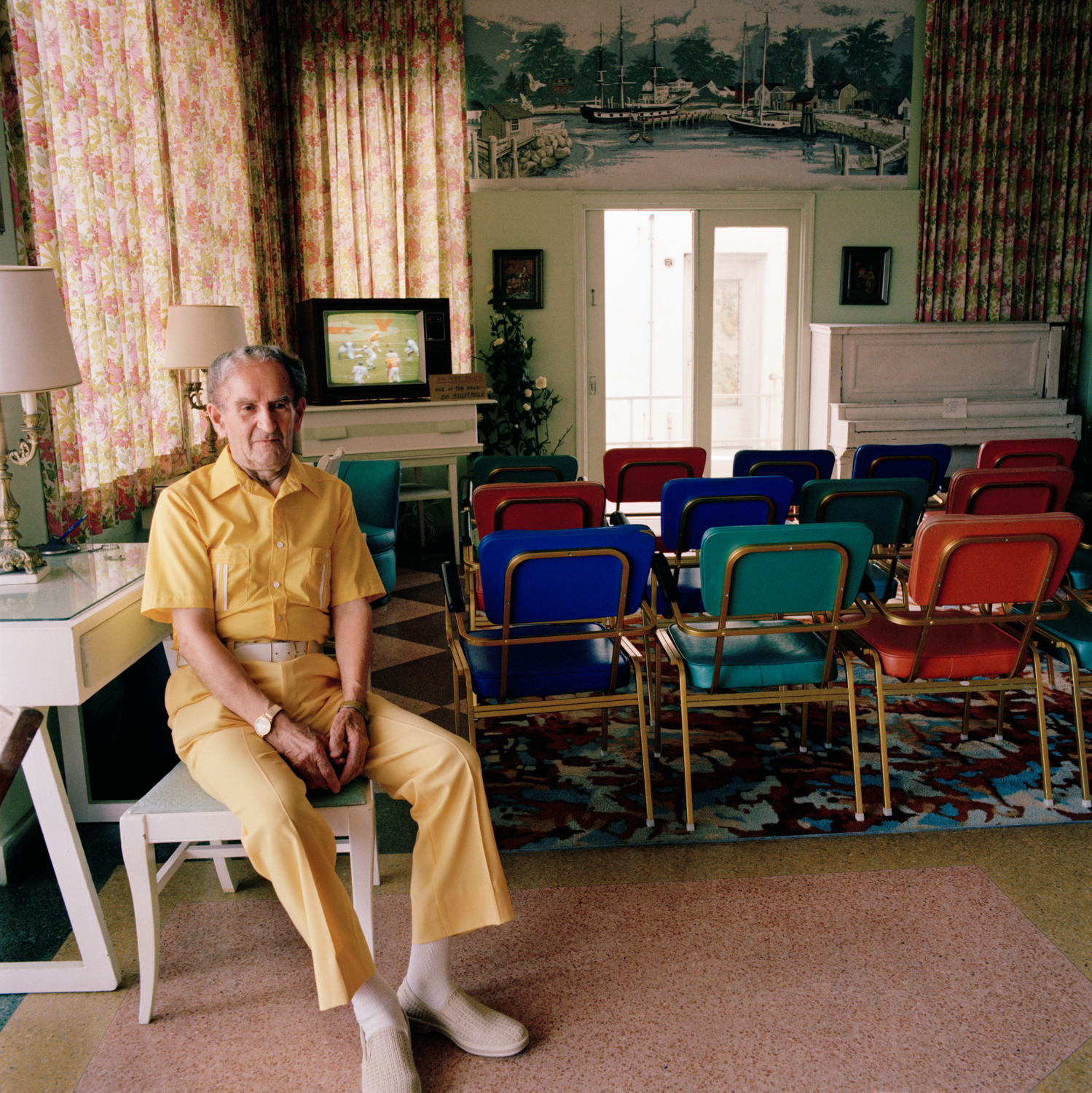
Untitled (Man in Yellow Jumpsuit) Miami, South Beach 1982-85
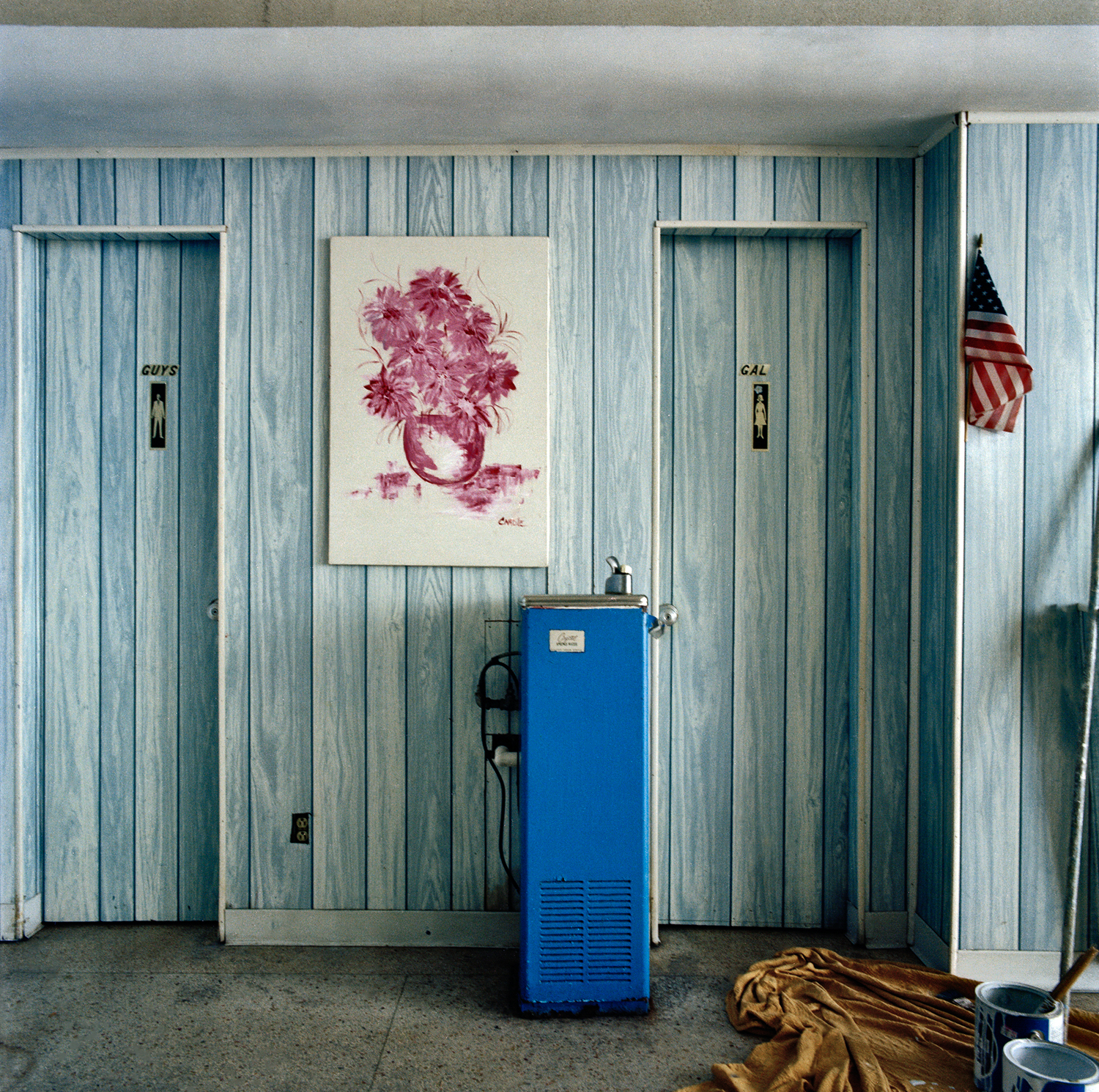
Untitled (Blue Water Fountain) Miami, South Beach, 1982-85

Untitled (Aqua Couch) Miami, South Beach, 1982-85
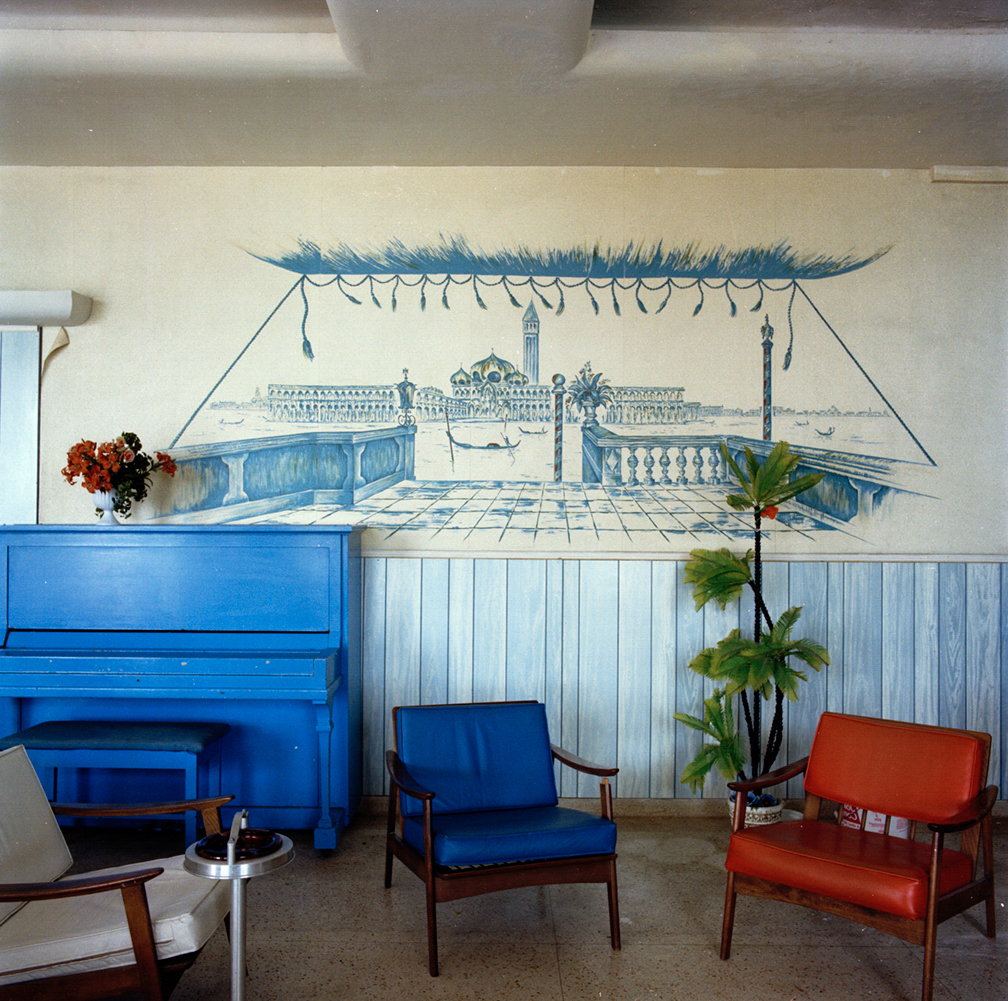
Untitled (Blue Piano) Miami, South Beach, 1982-85

Untitled (TV Room) Miami, South Beach, 1982-85
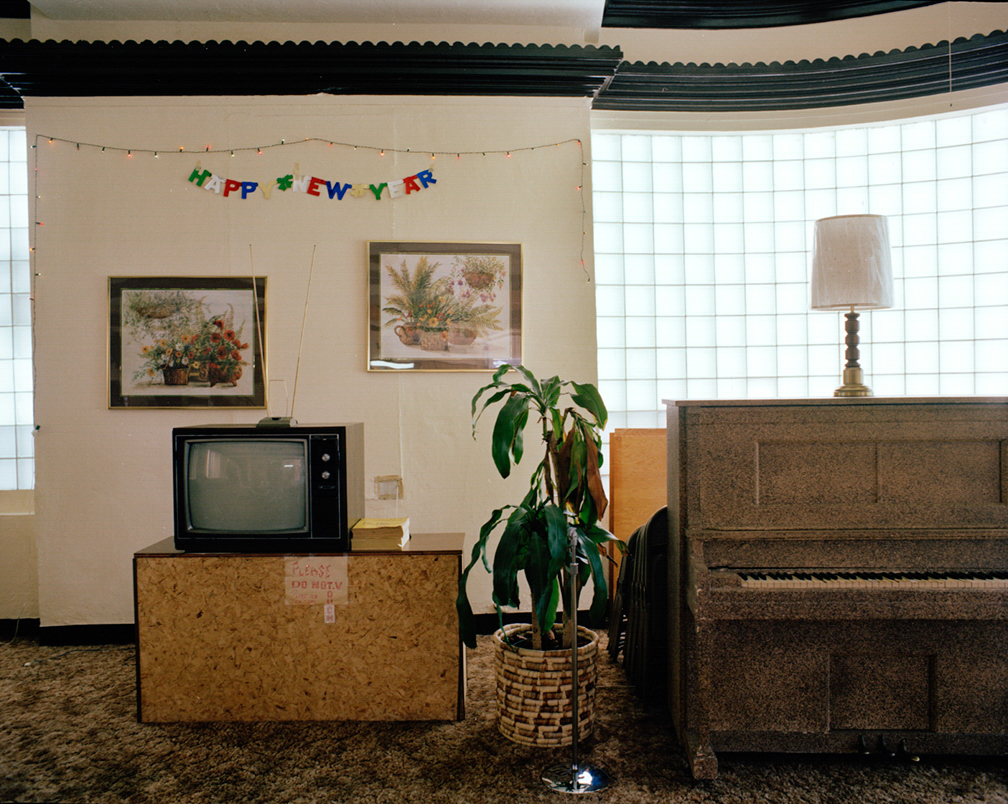
Untitled (Happy New Year) Miami, South Beach, 1982-85
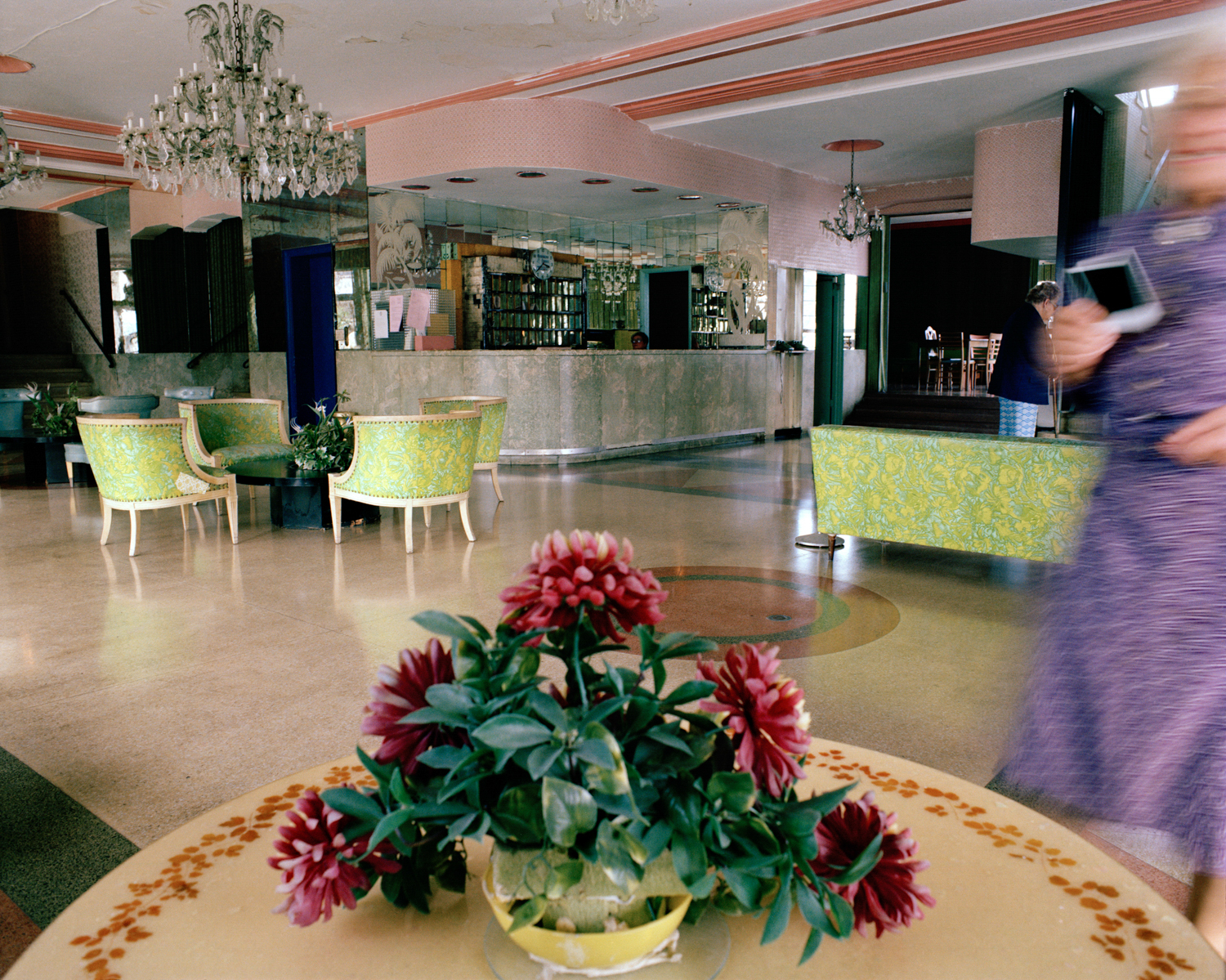
Untitled, Miami, South Beach, 1982-85
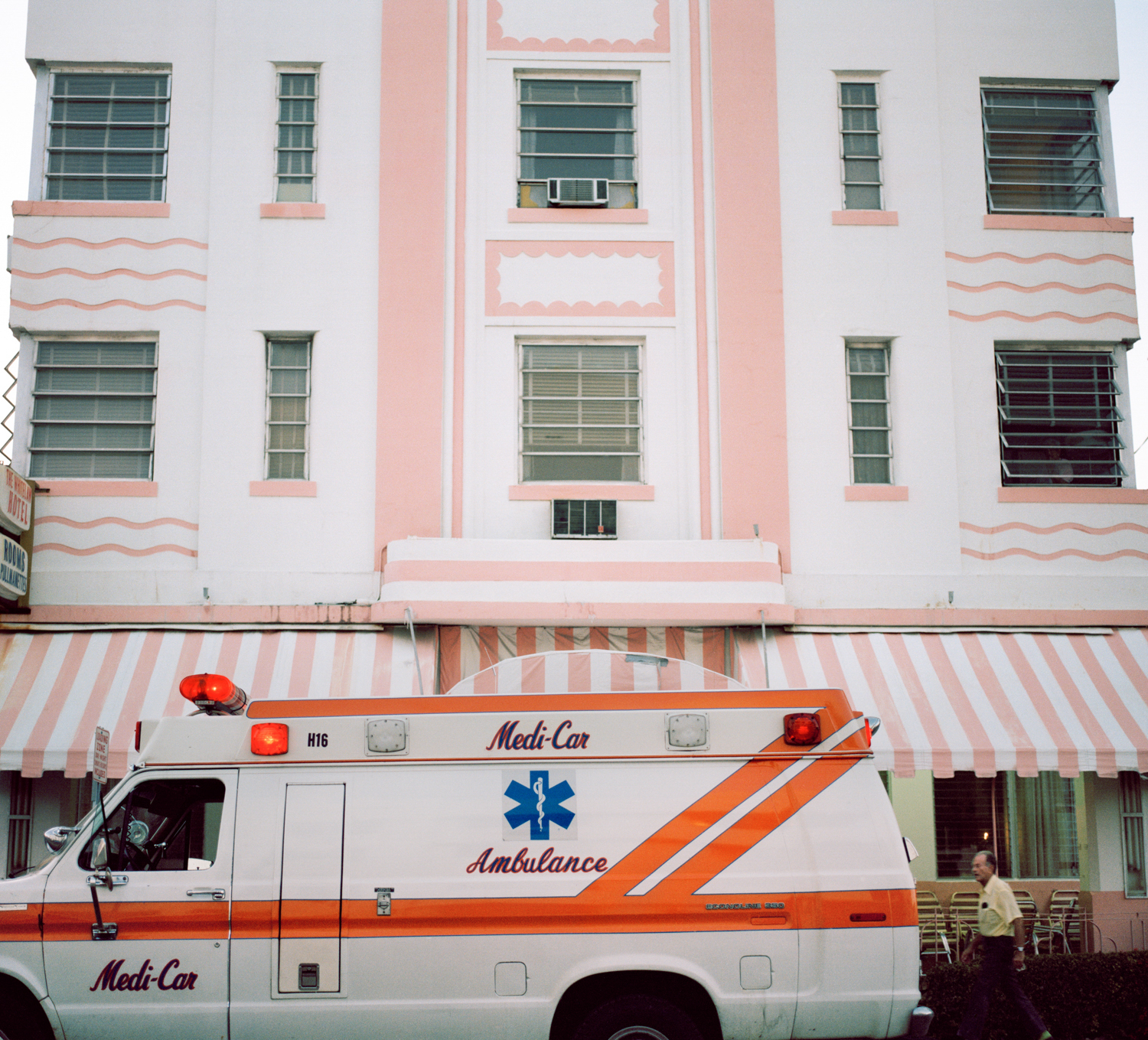
Untitled (Ambulance) Miami, South Beach, 1982-85
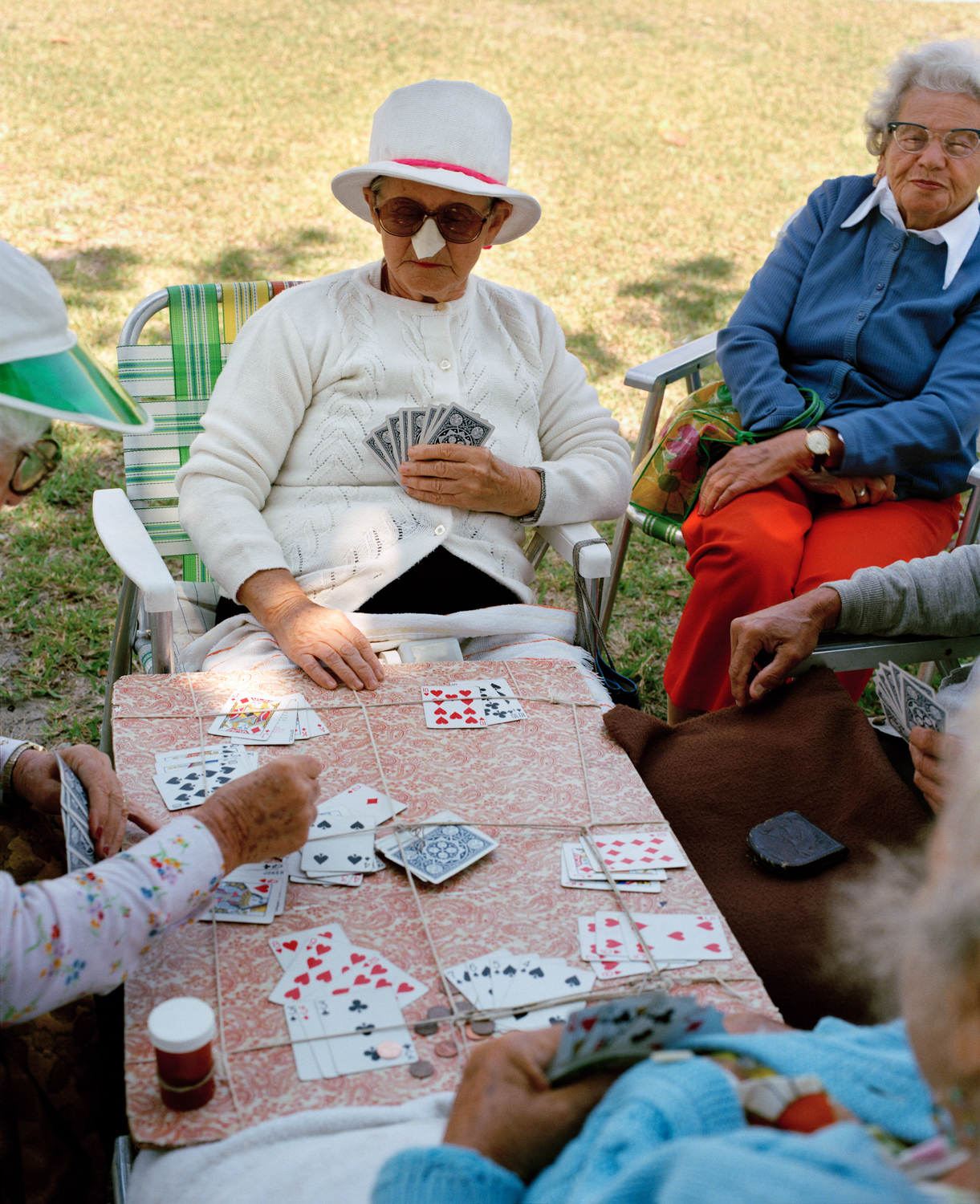
Untitled (Card Game) Miami, South Beach, 1982-85

Untitled (Couple in Doorway) Miami, South Beach, 1982-85
